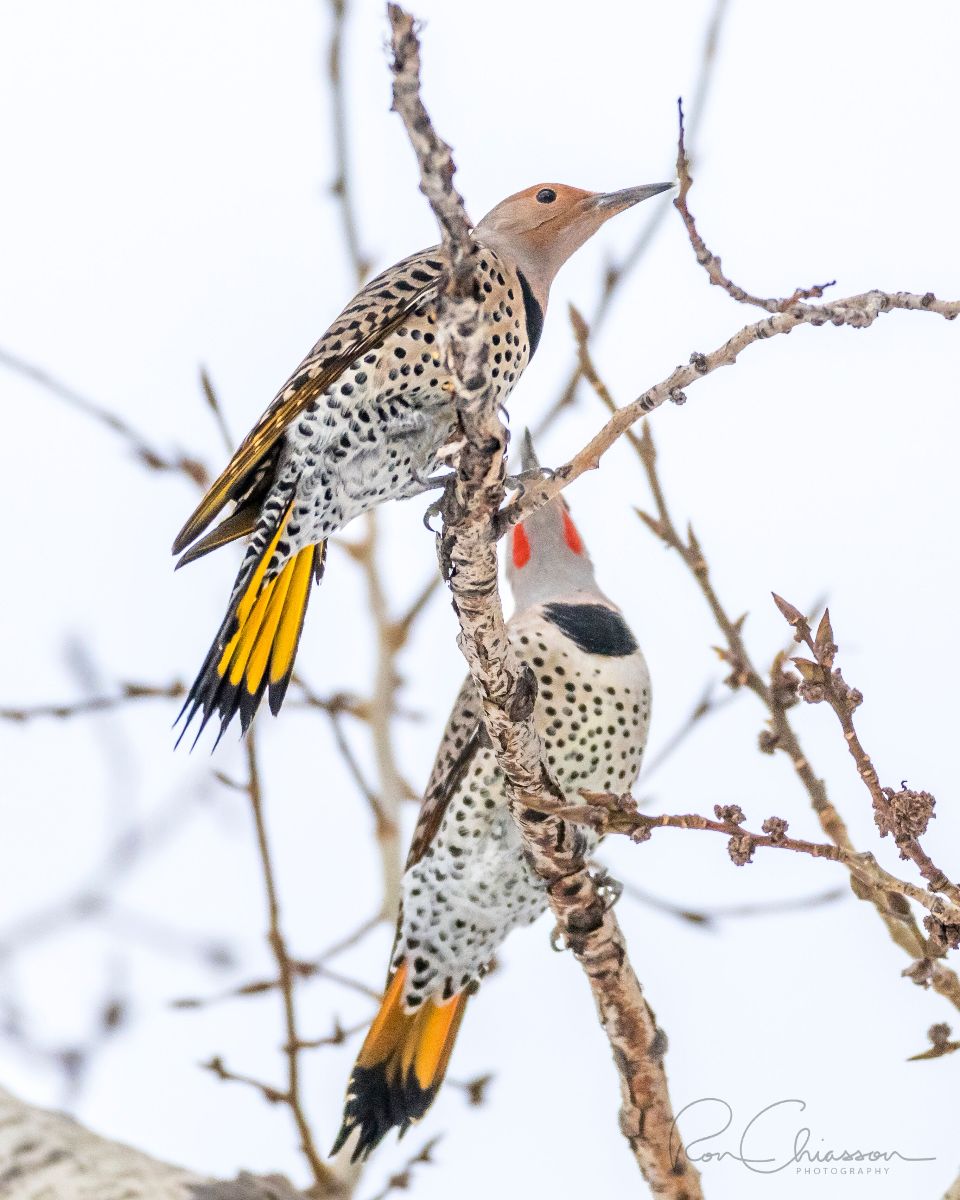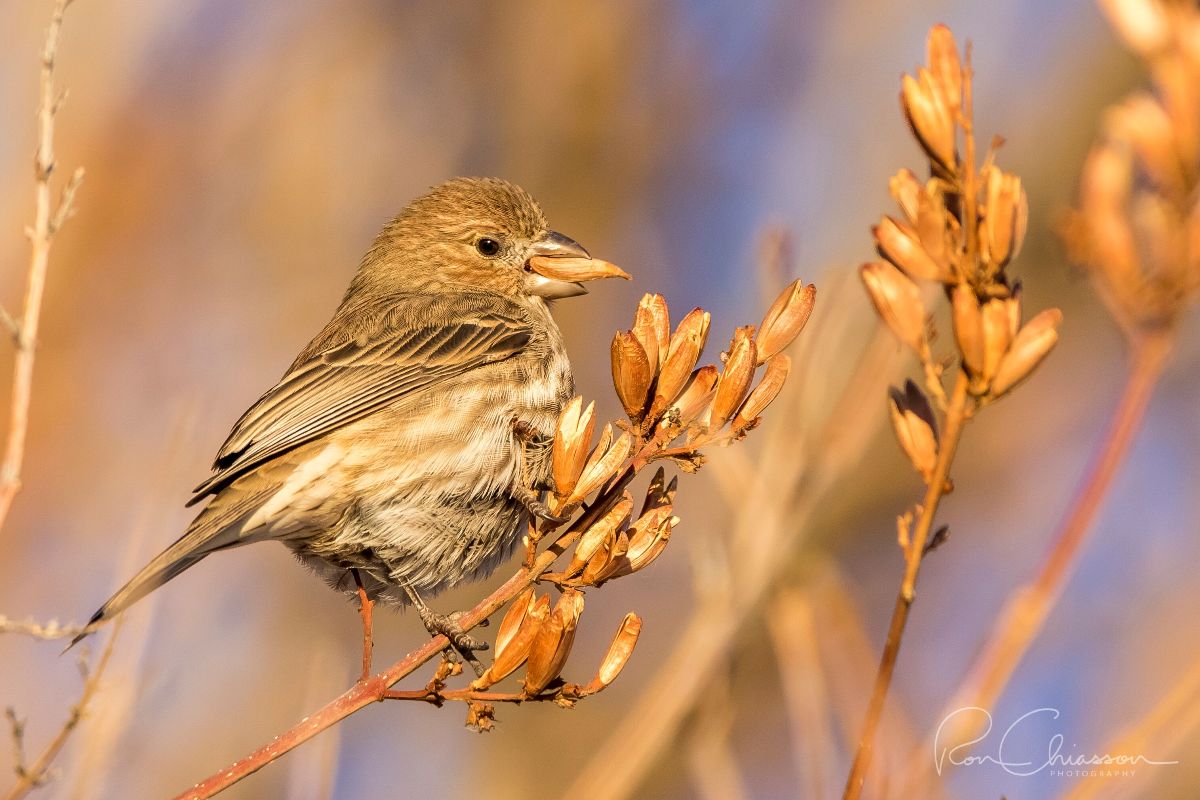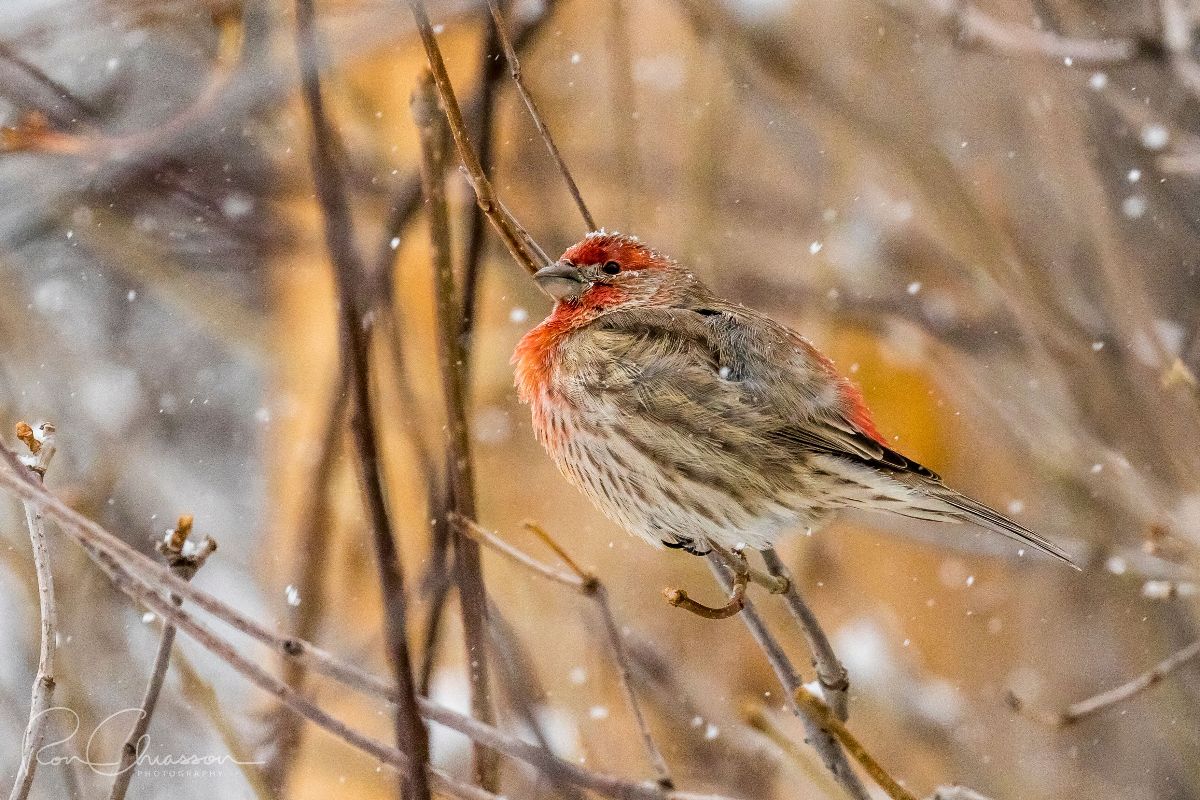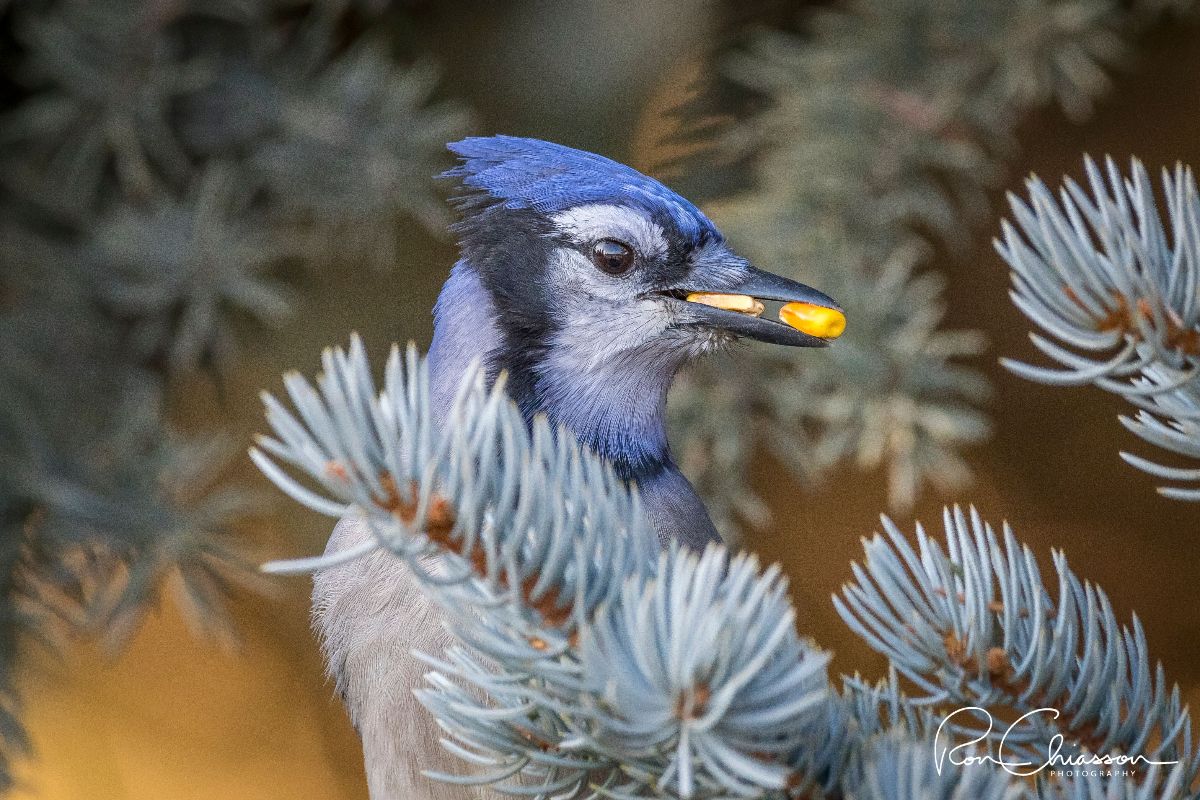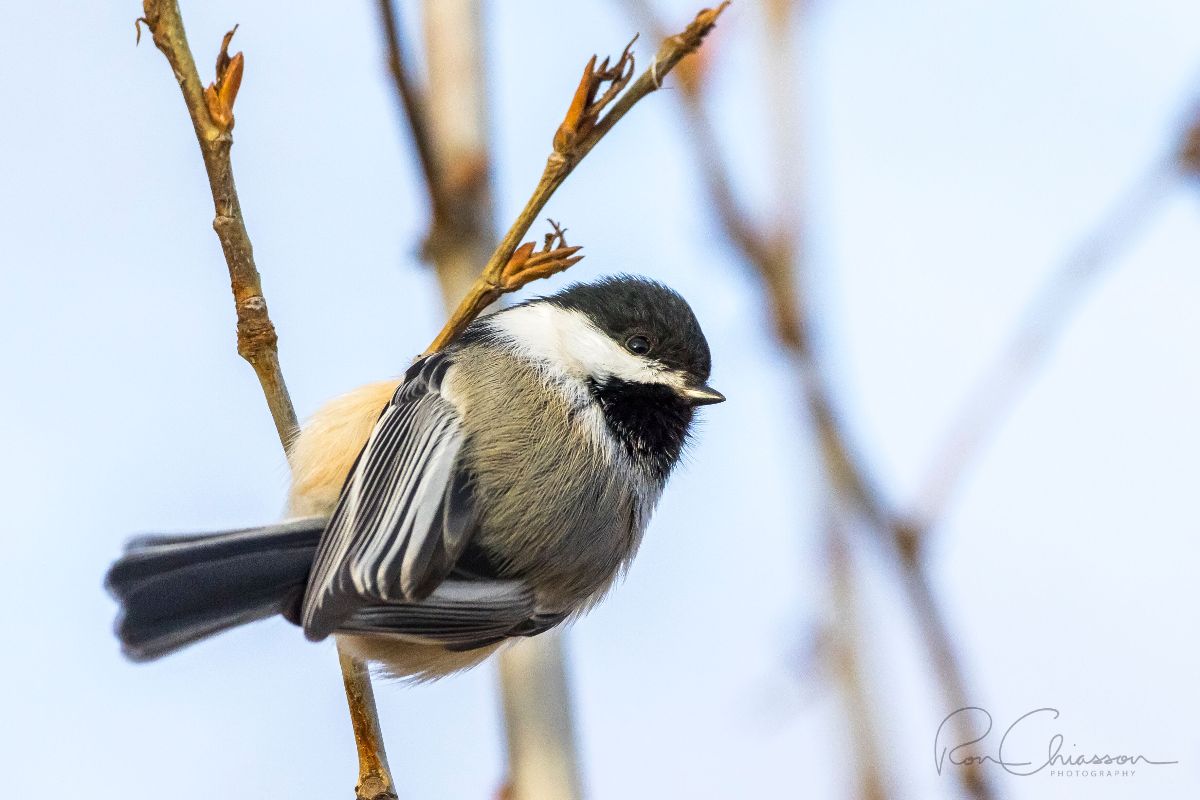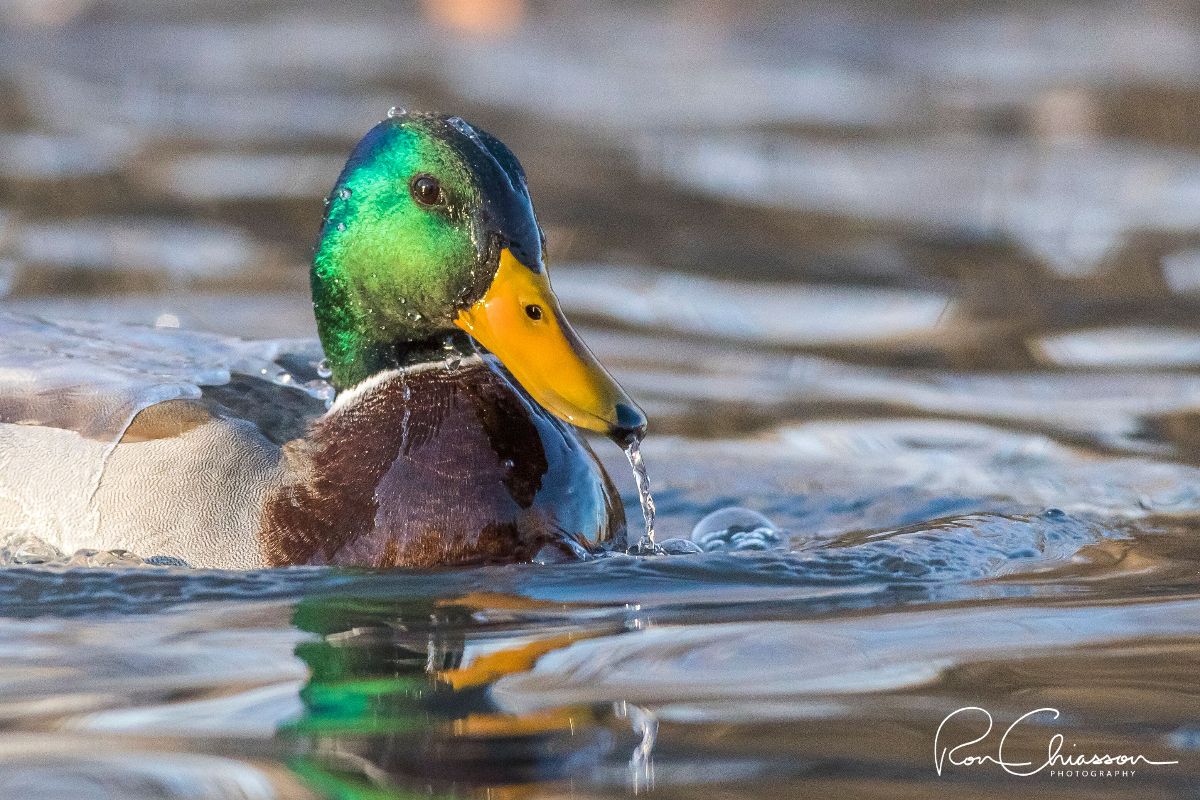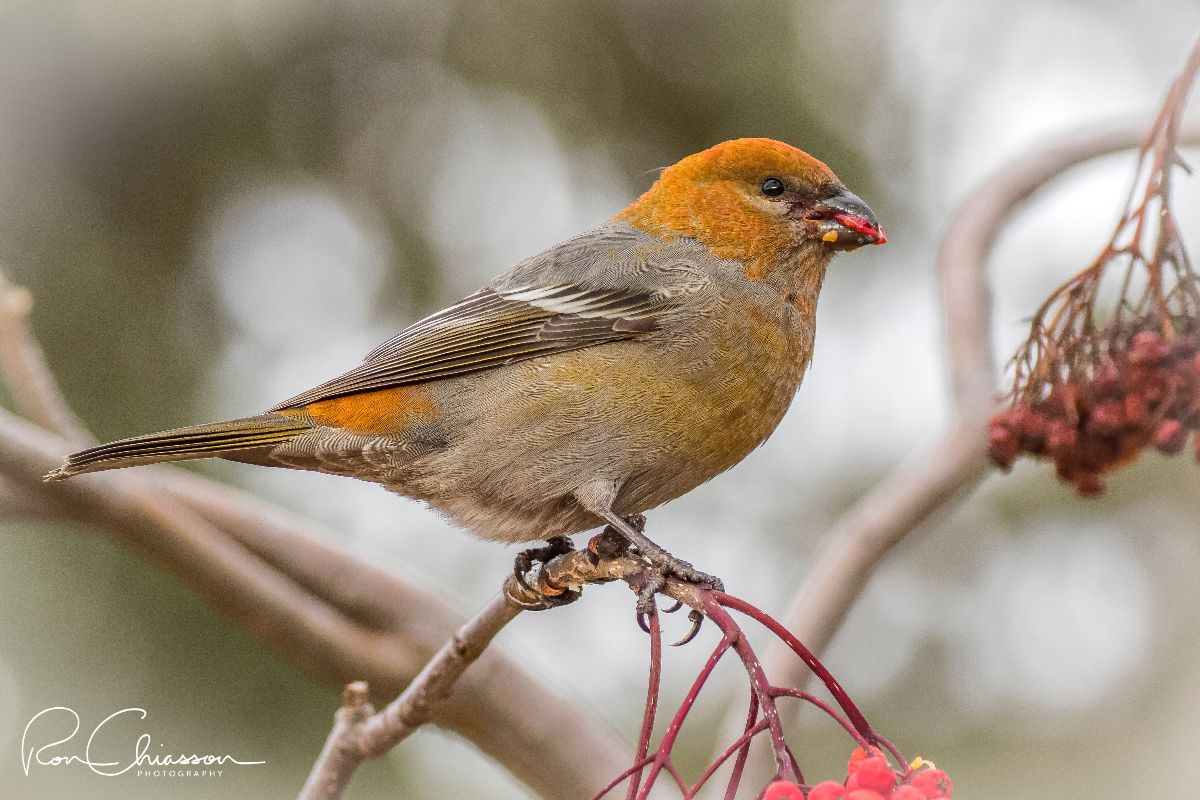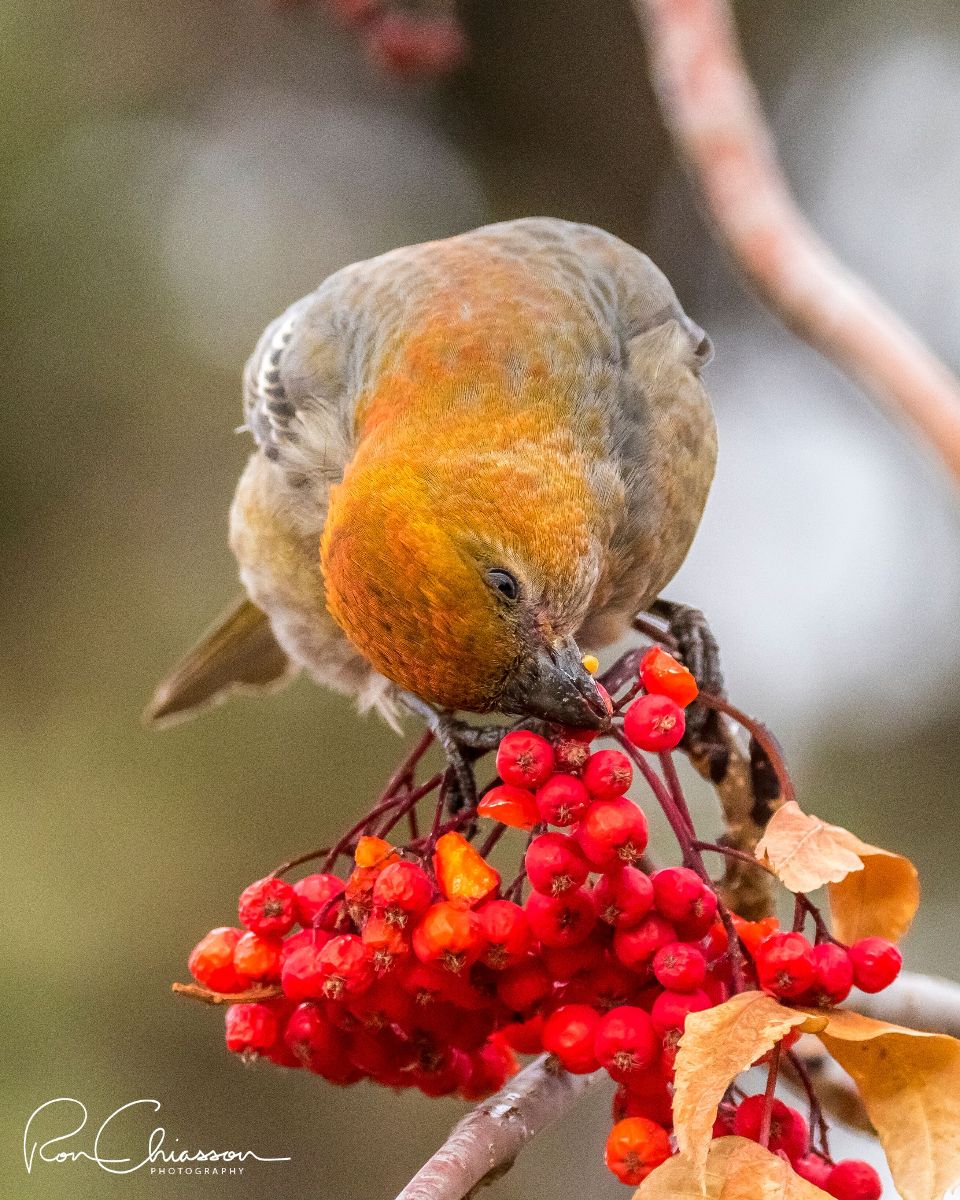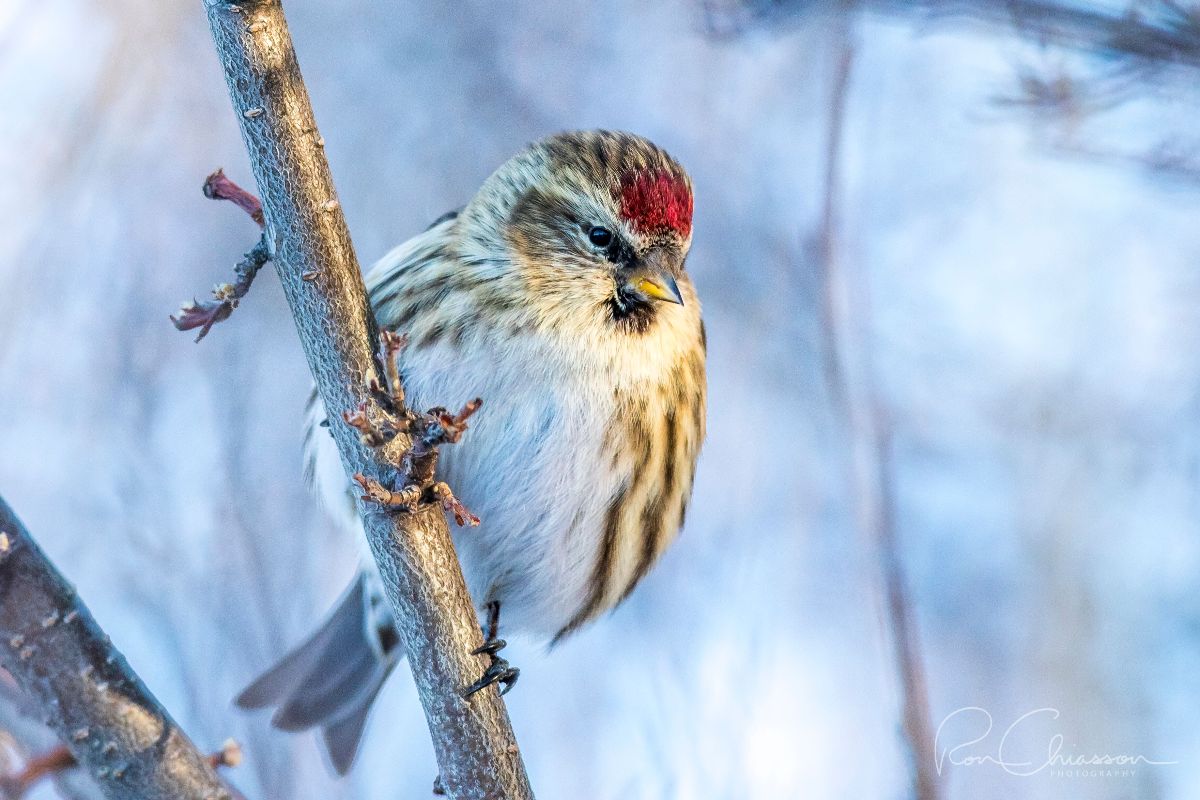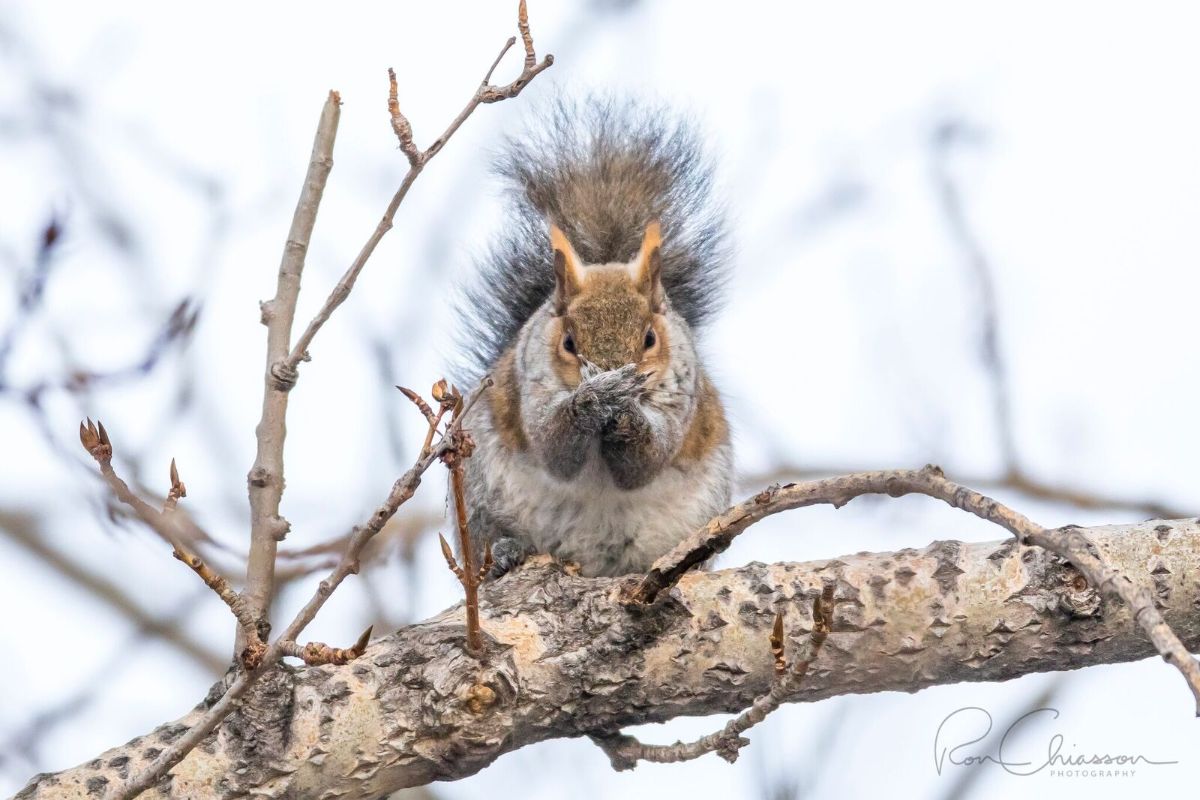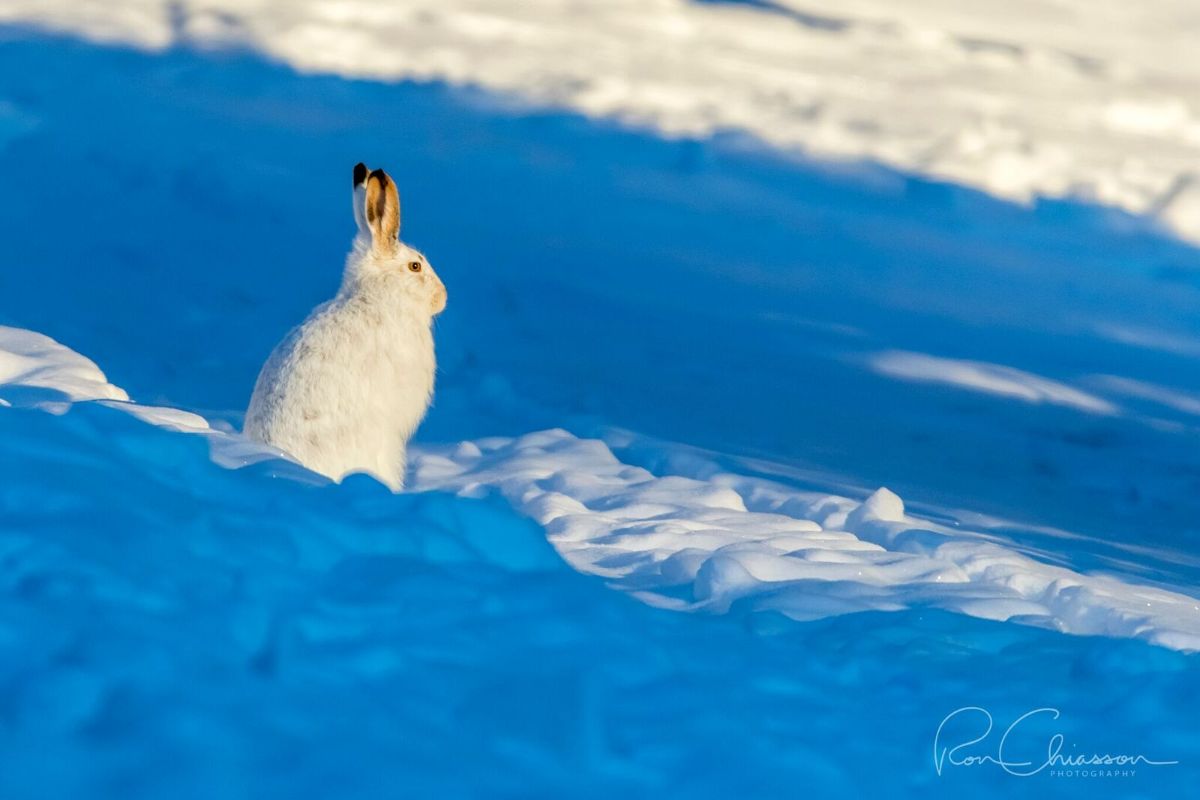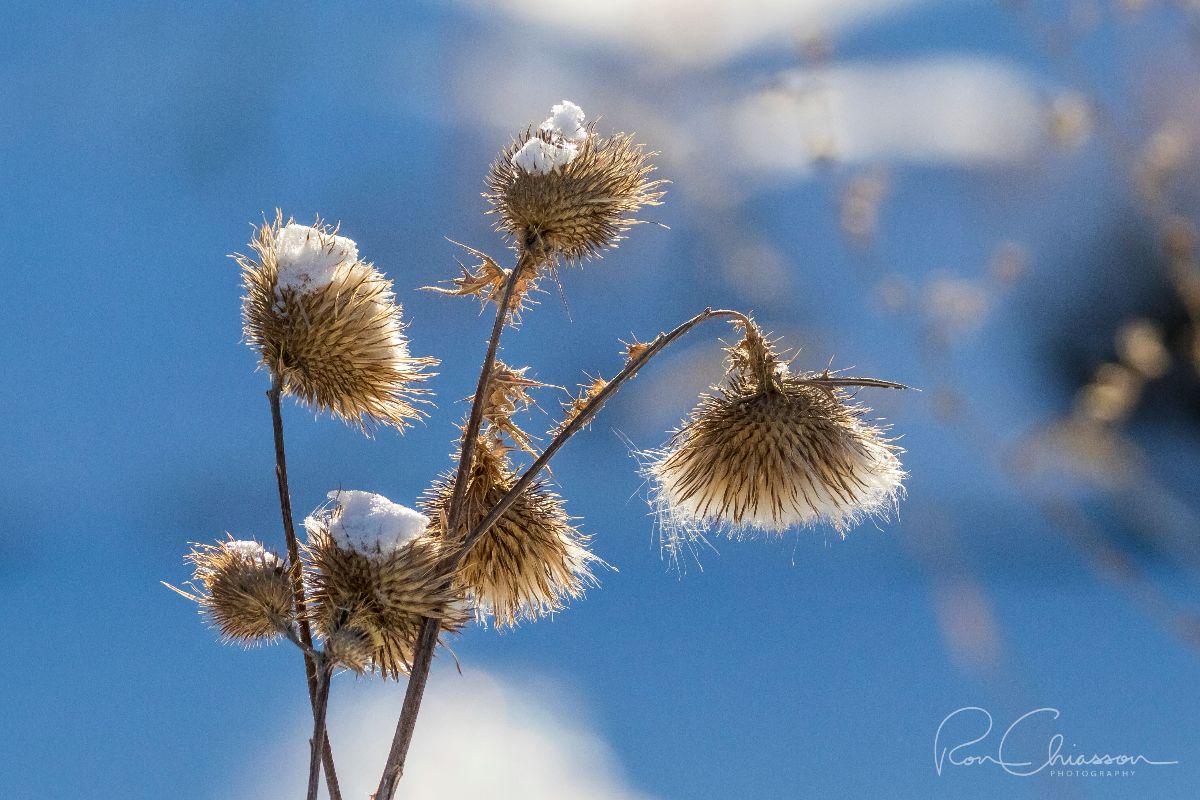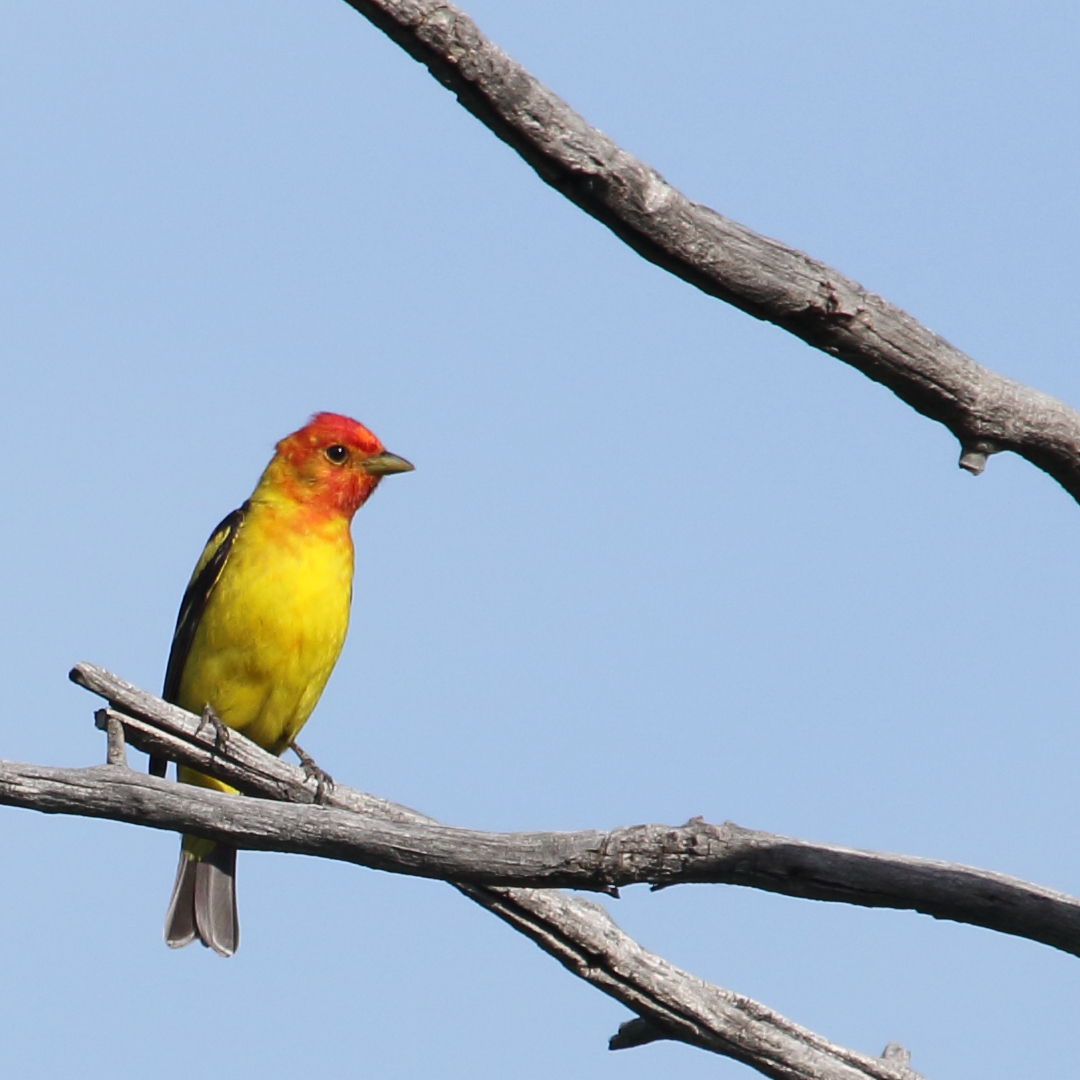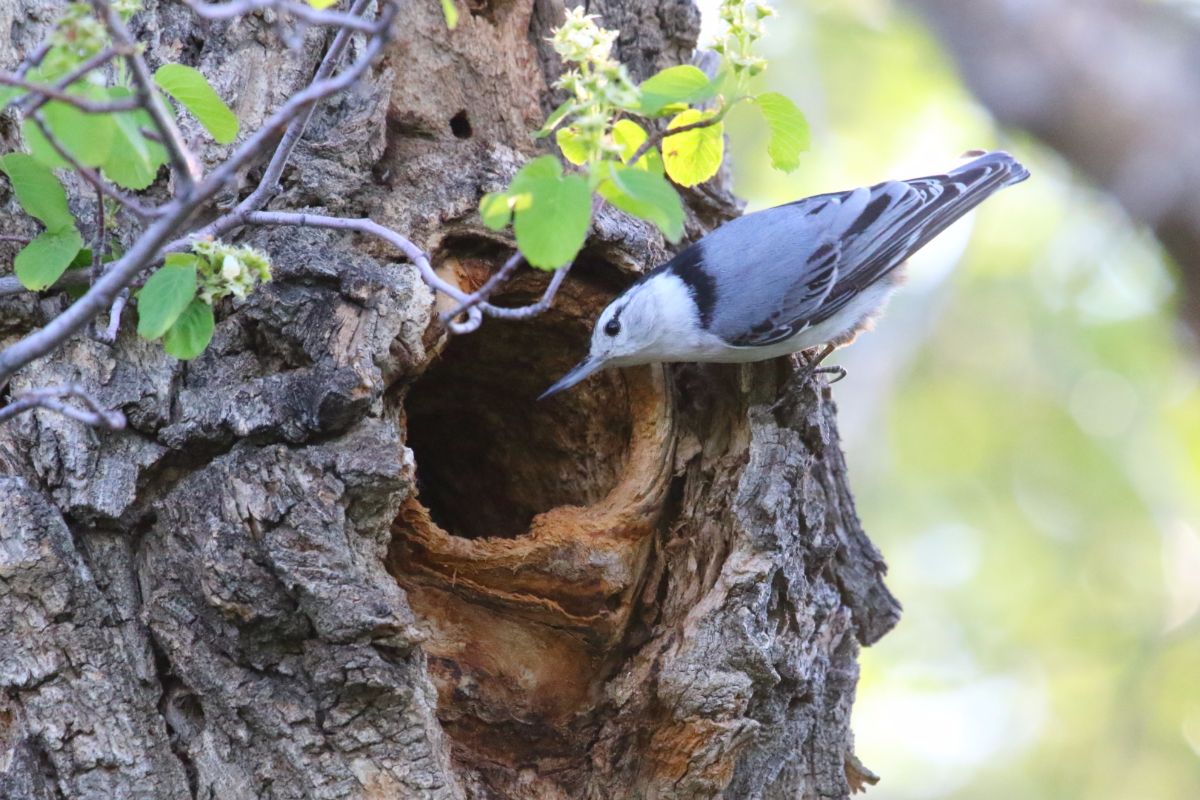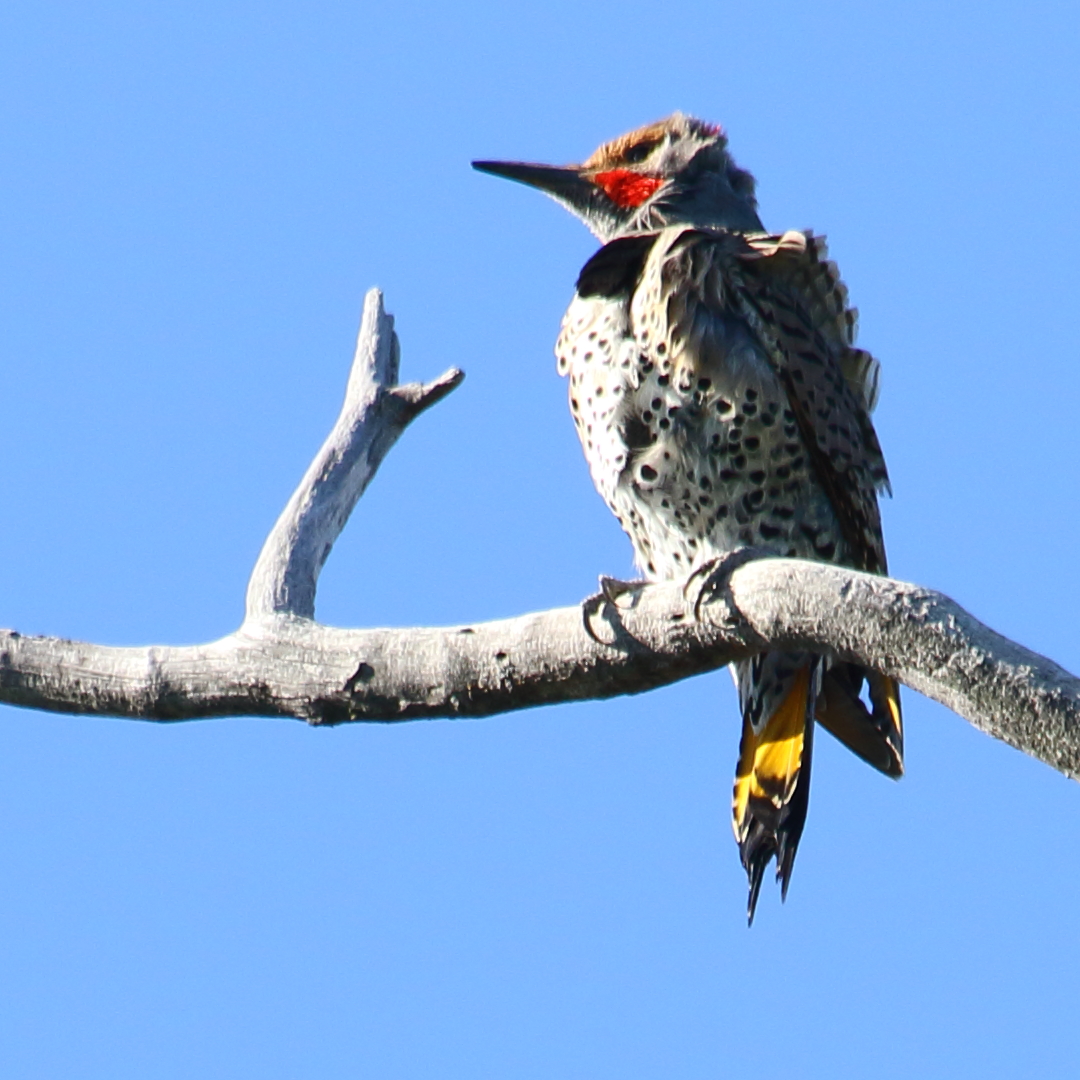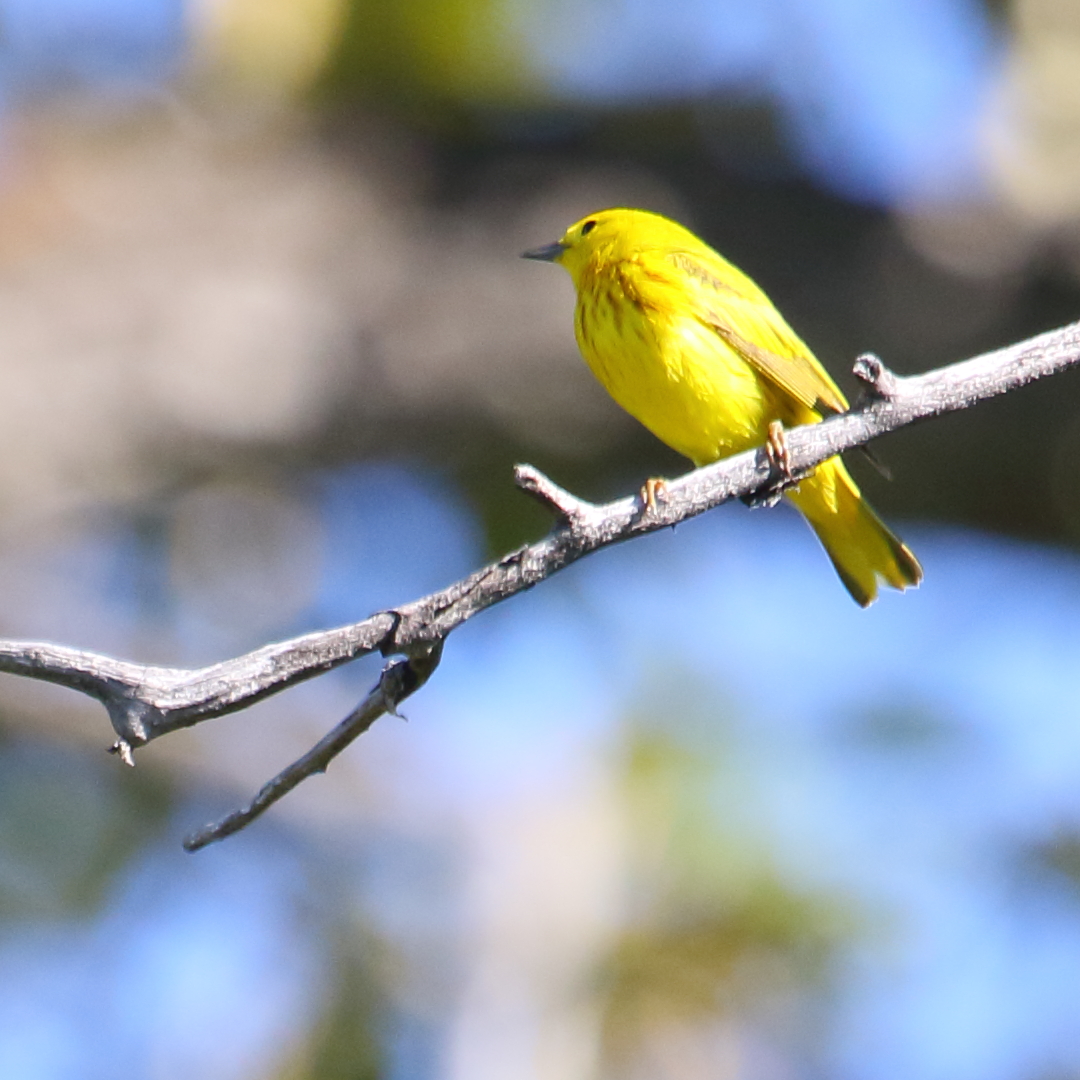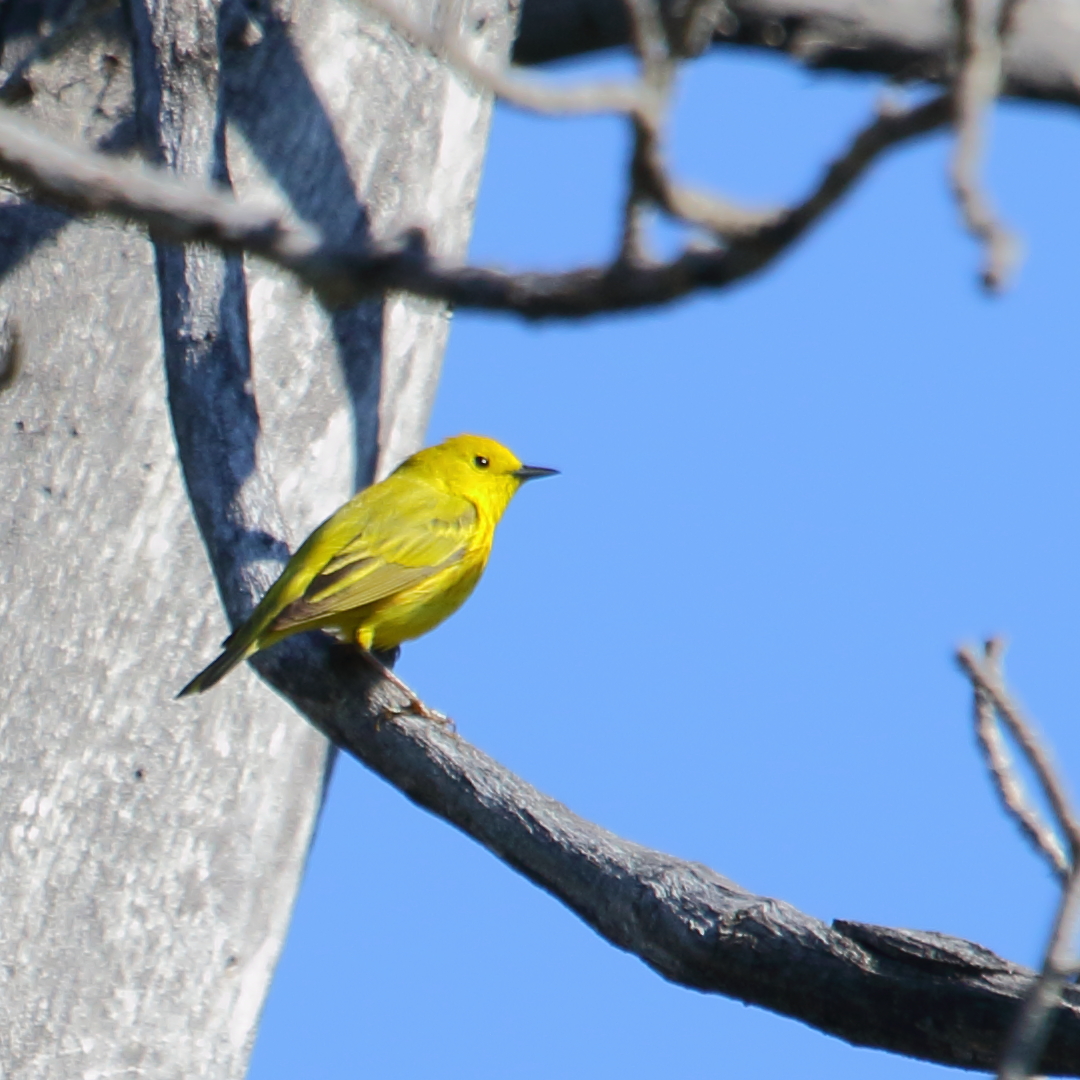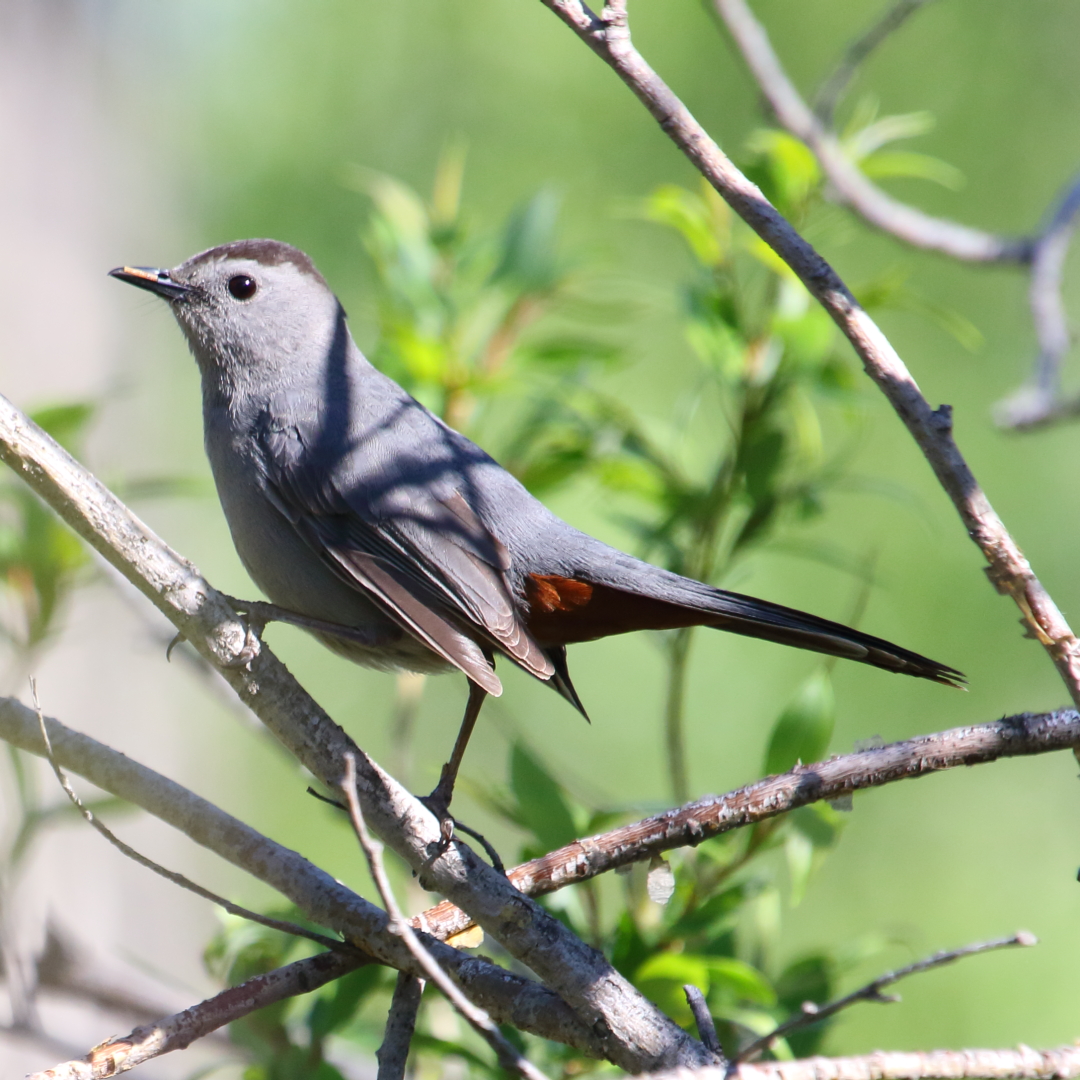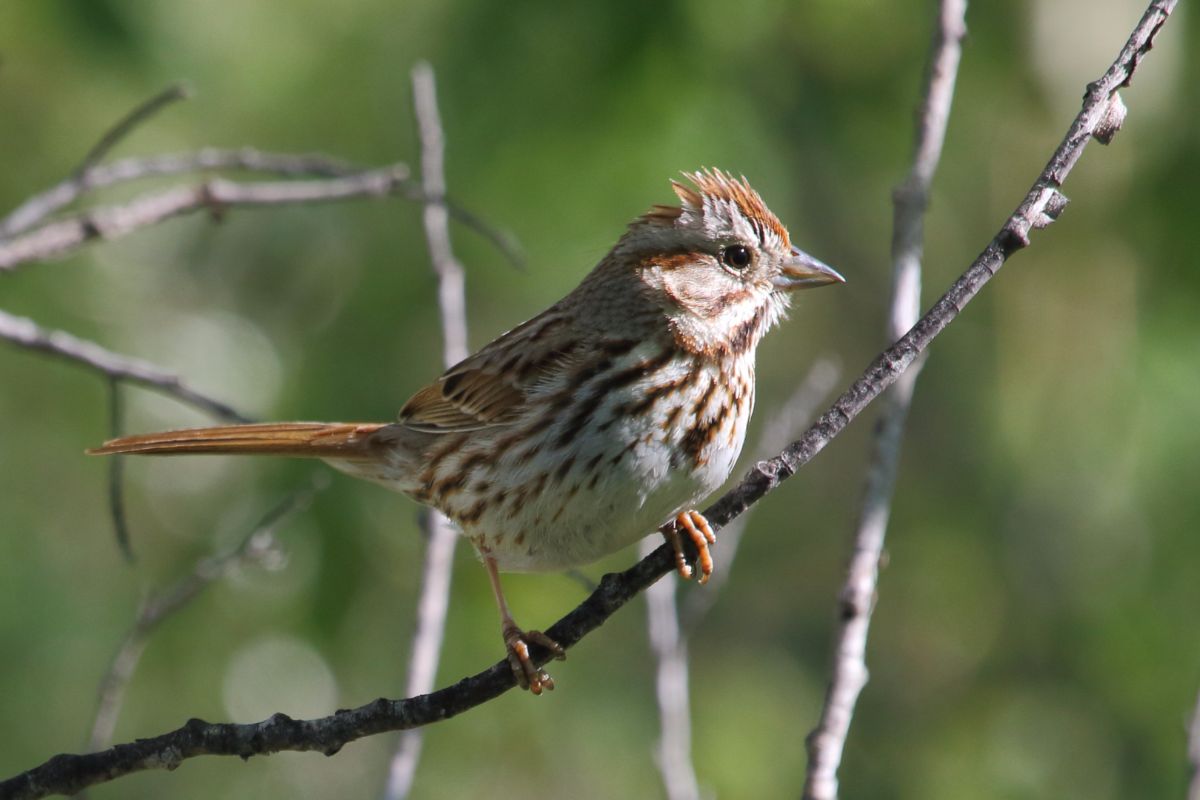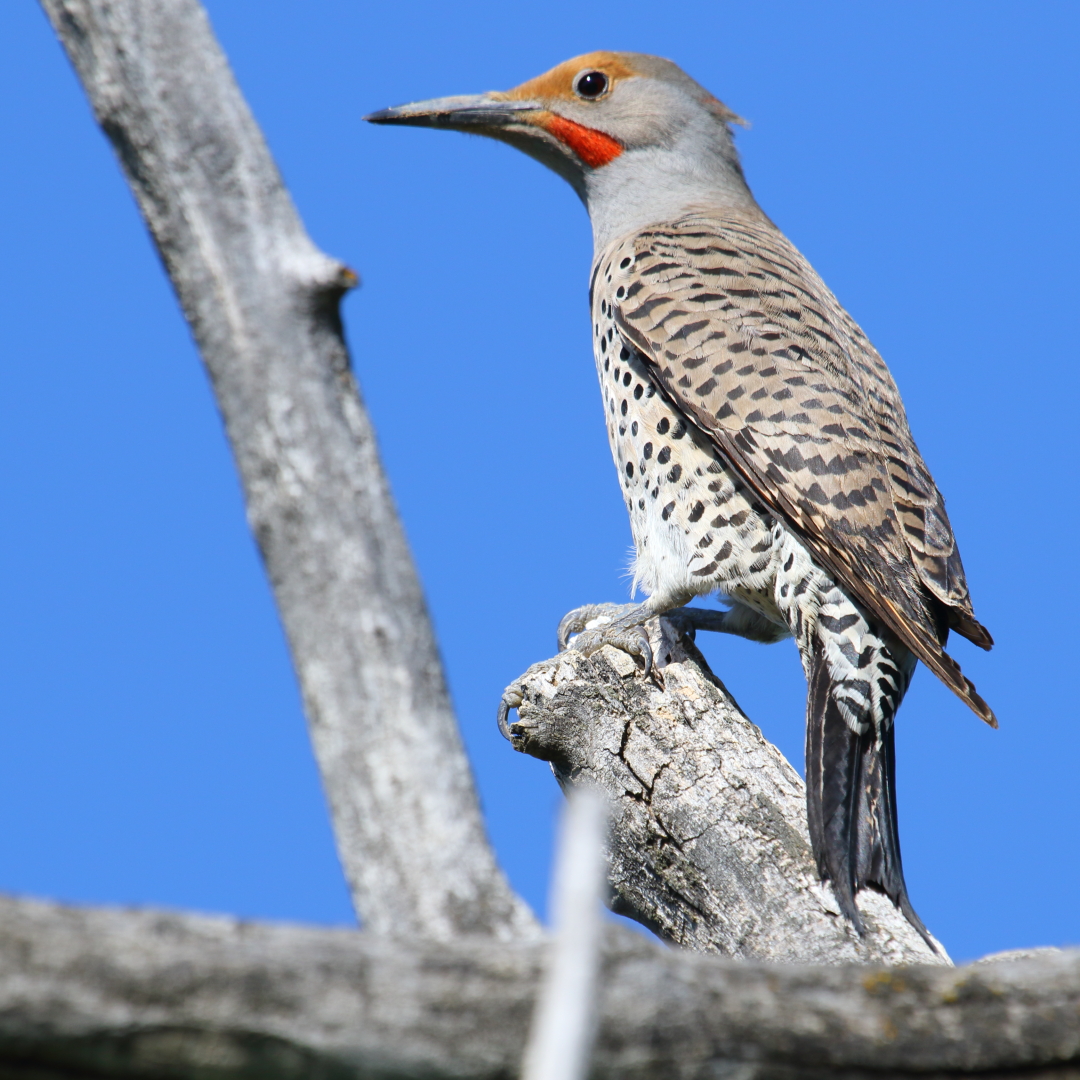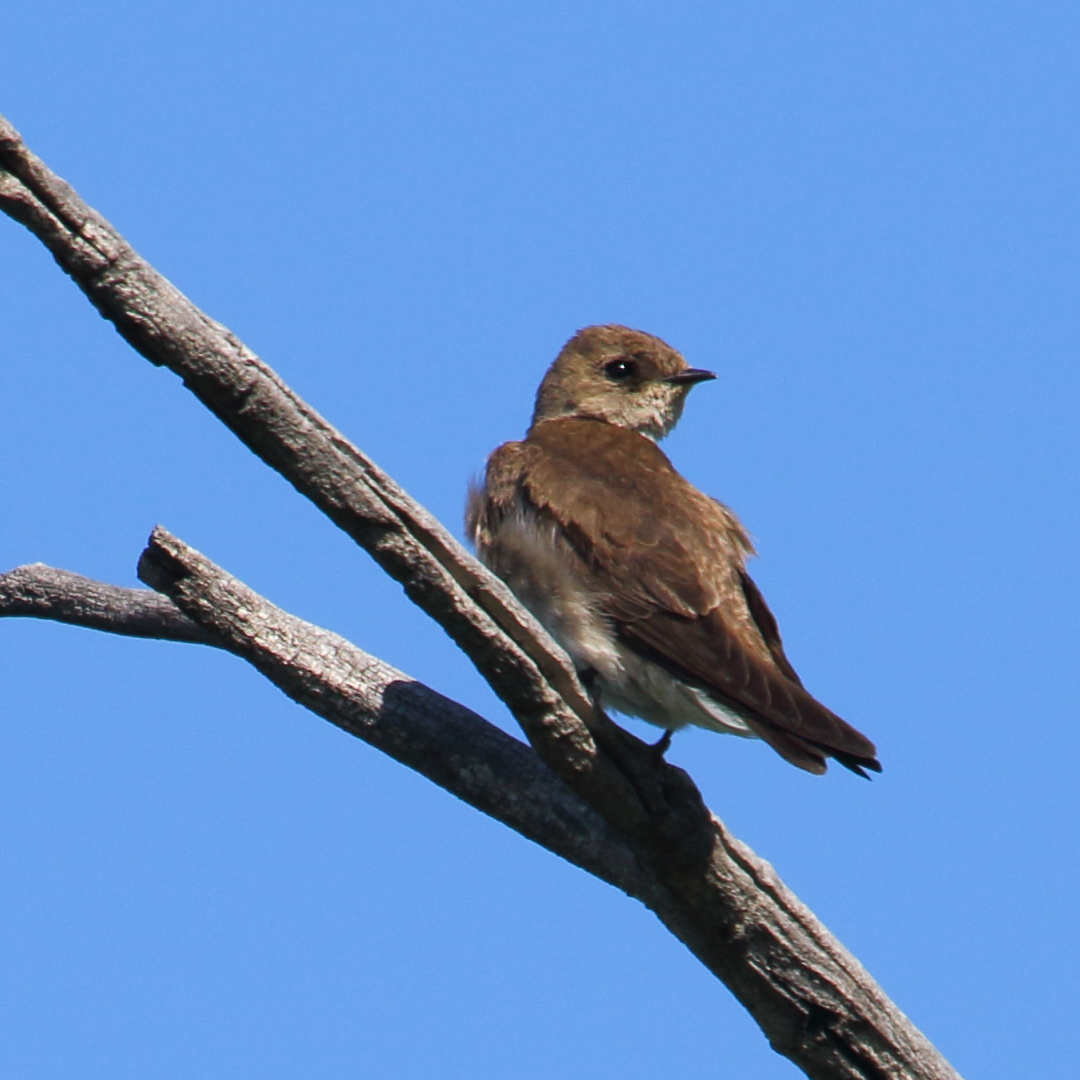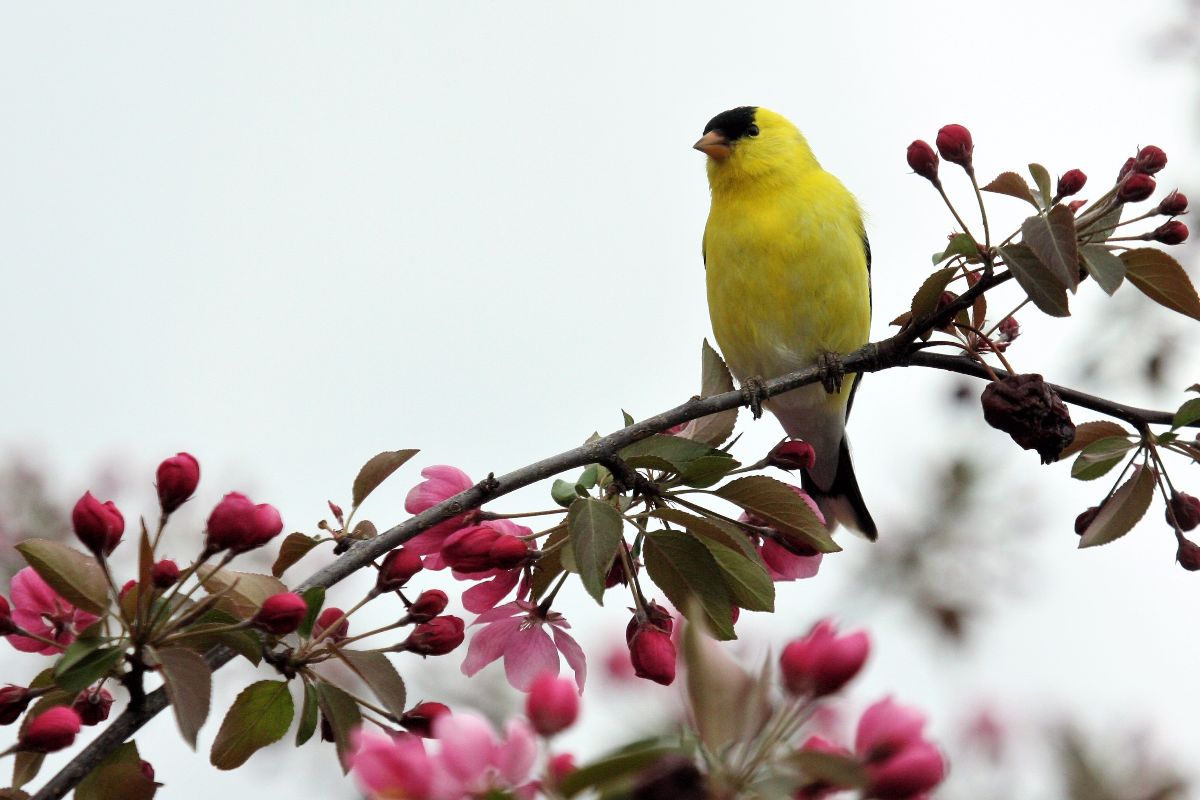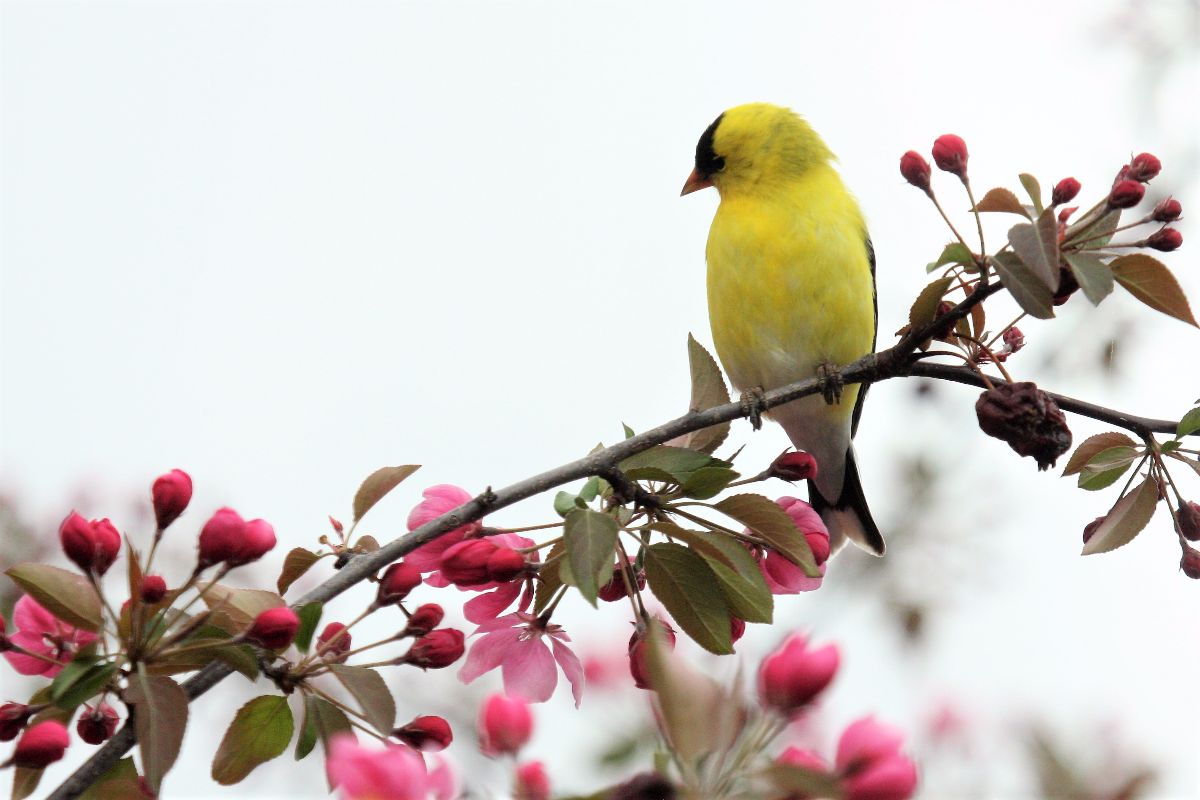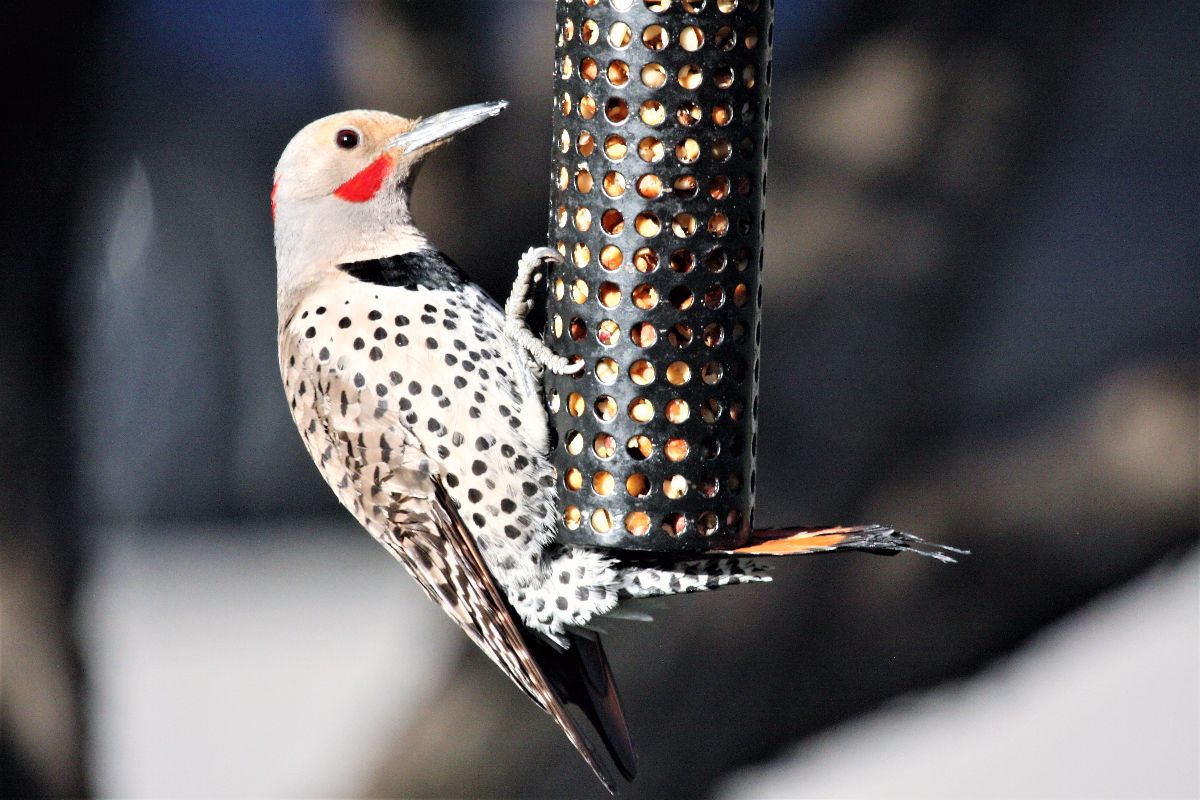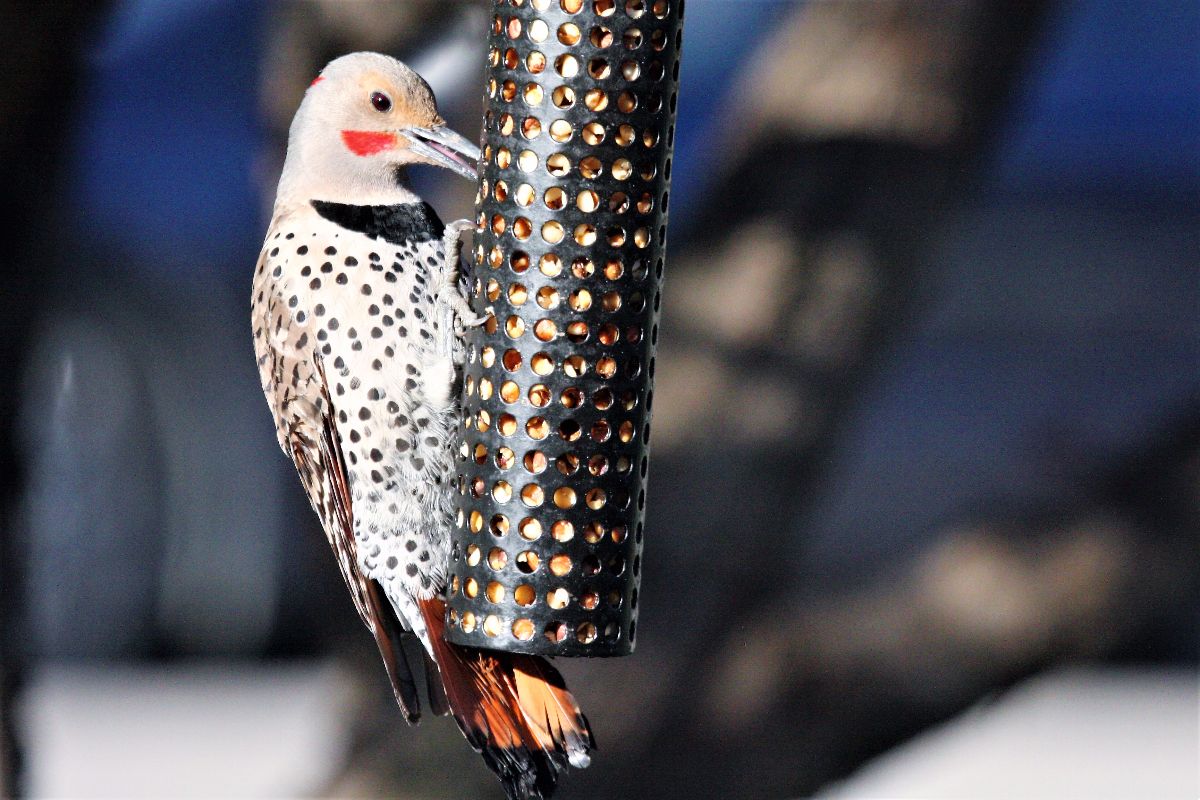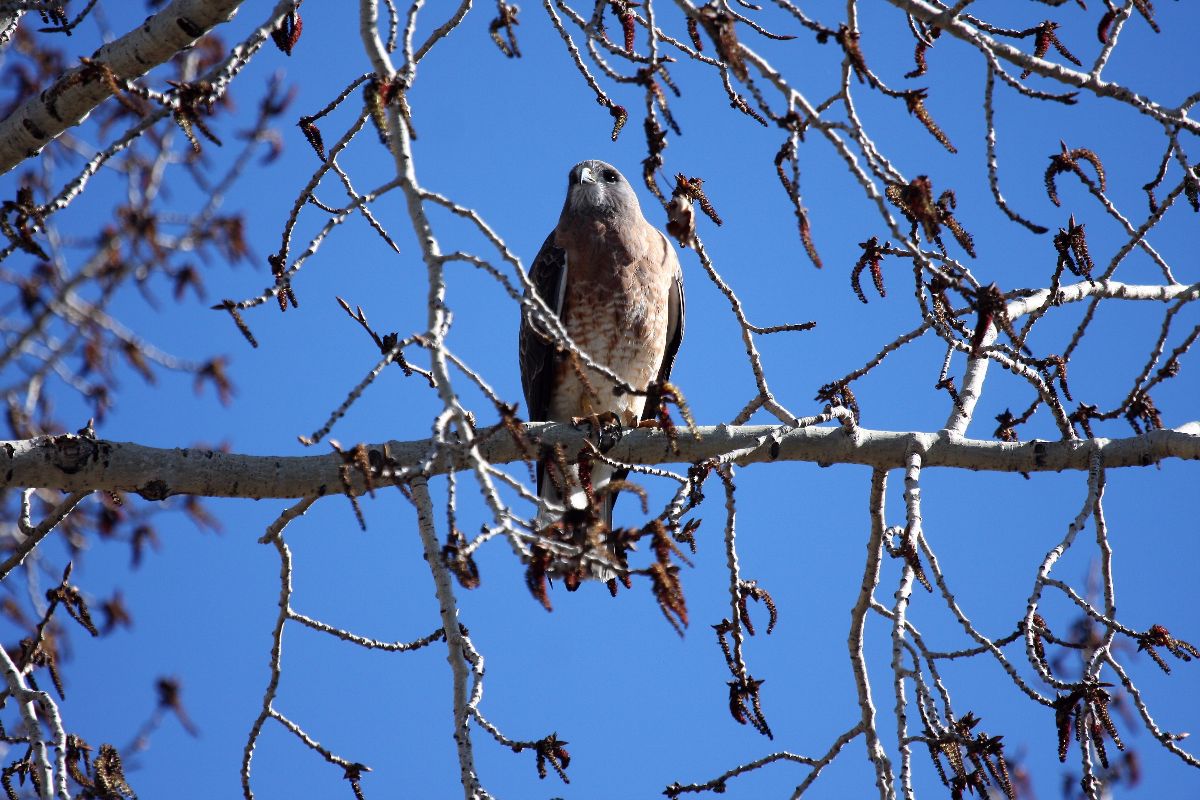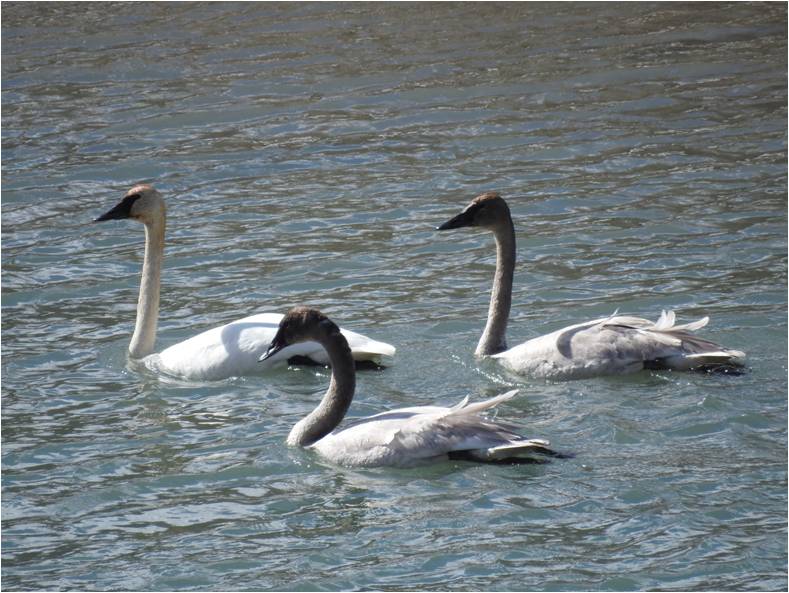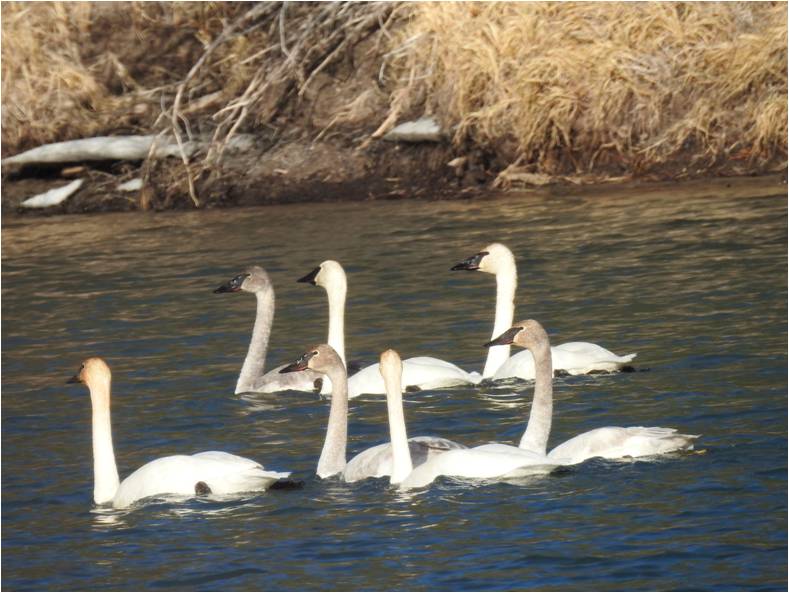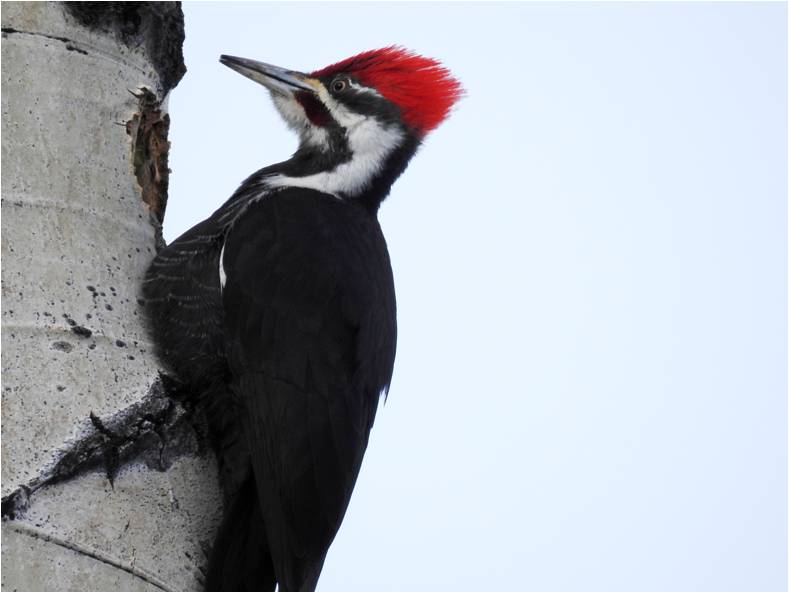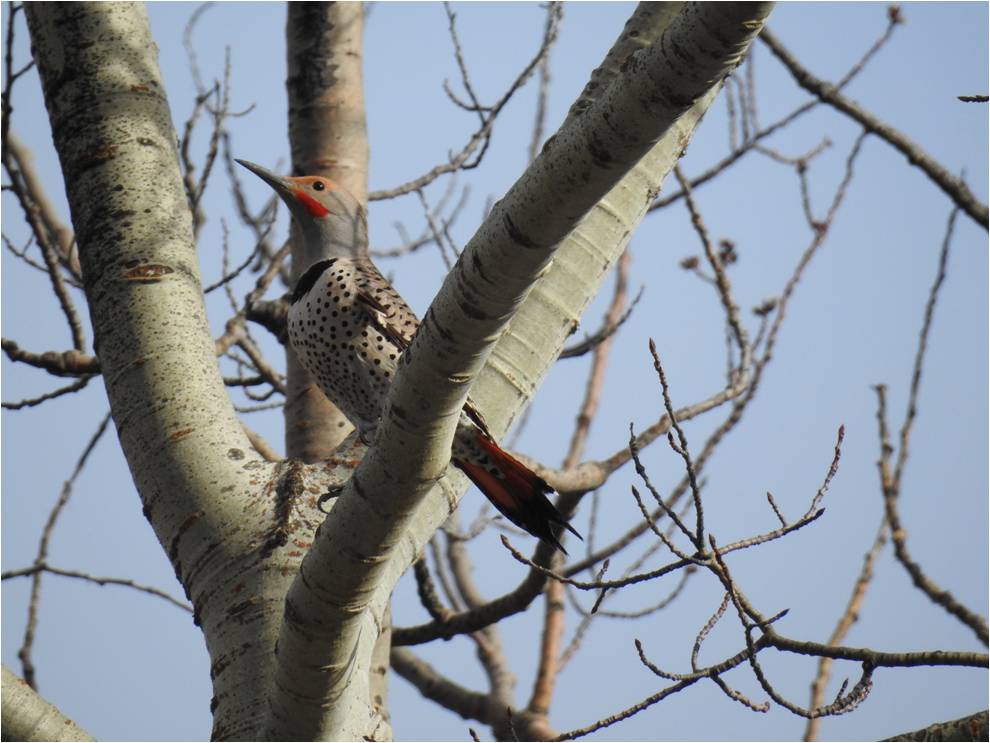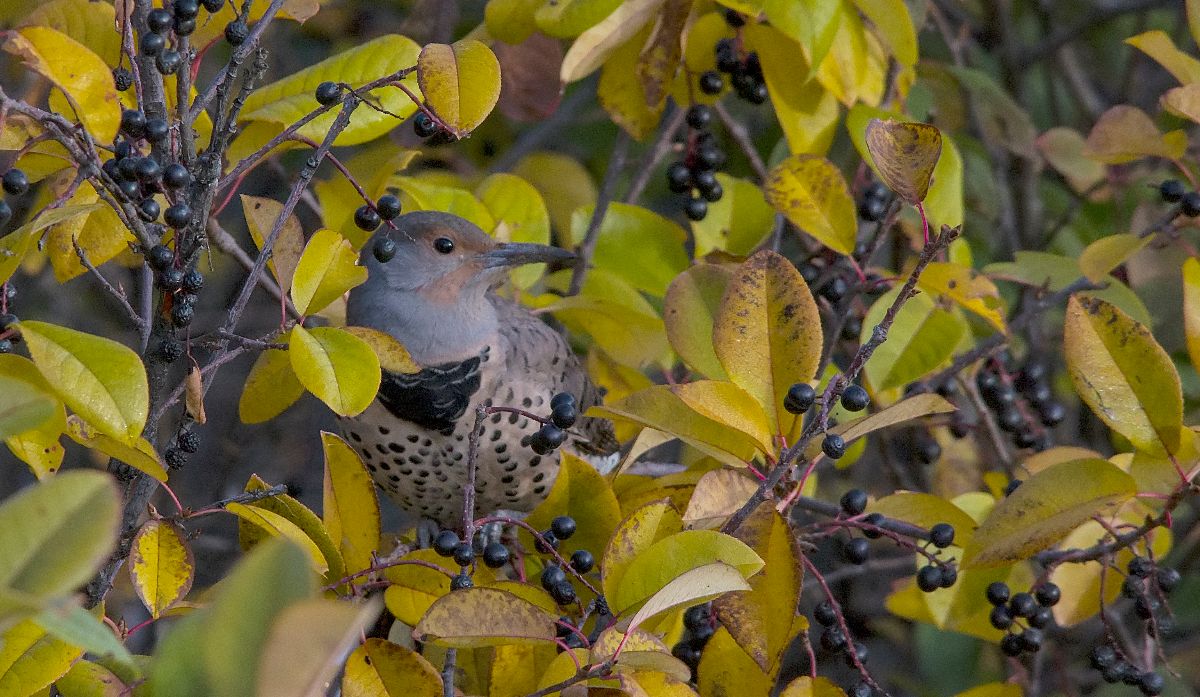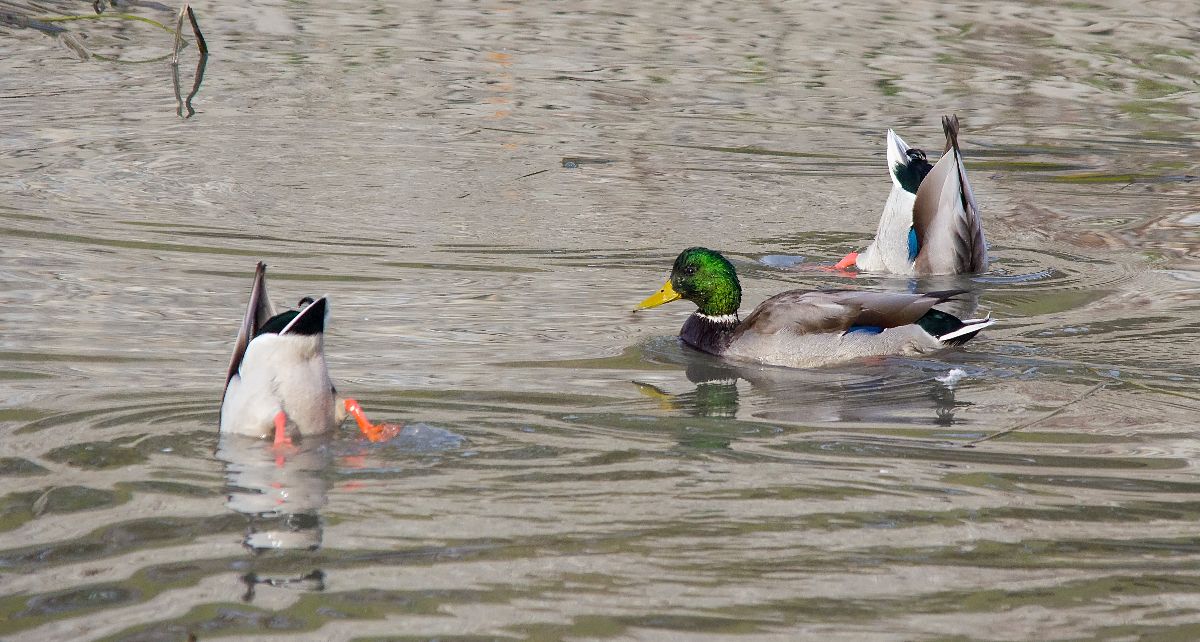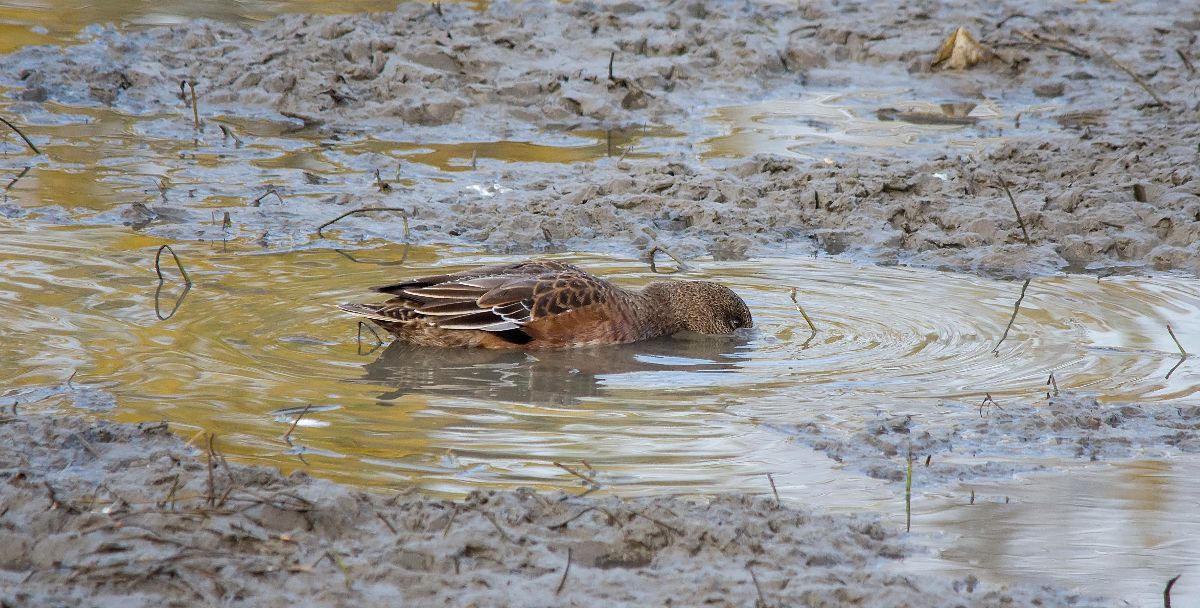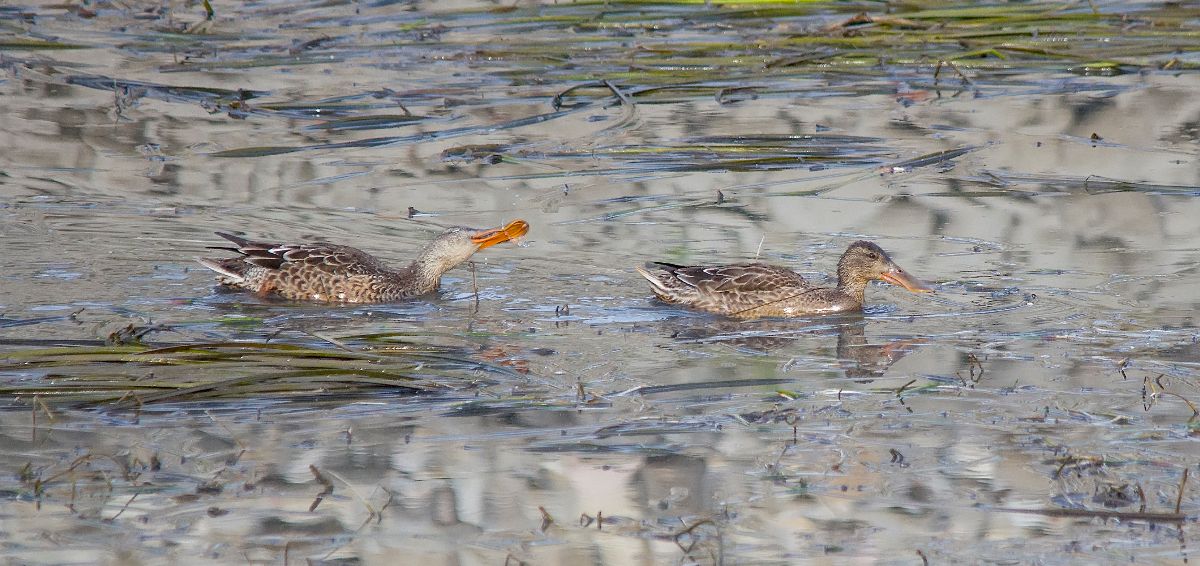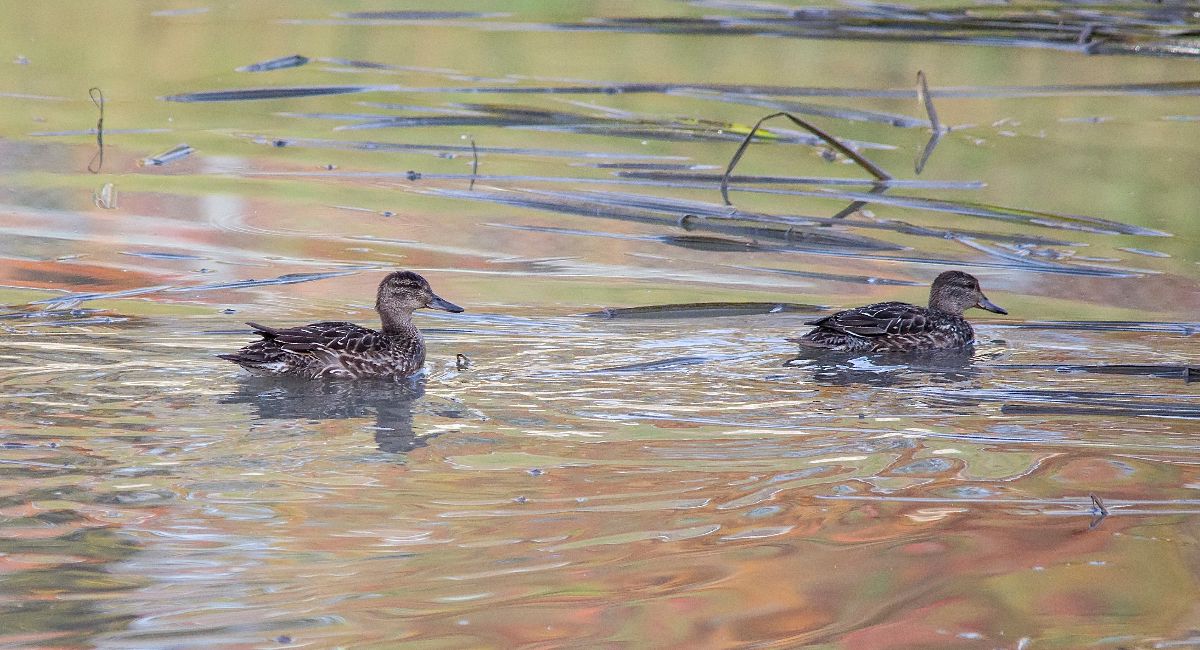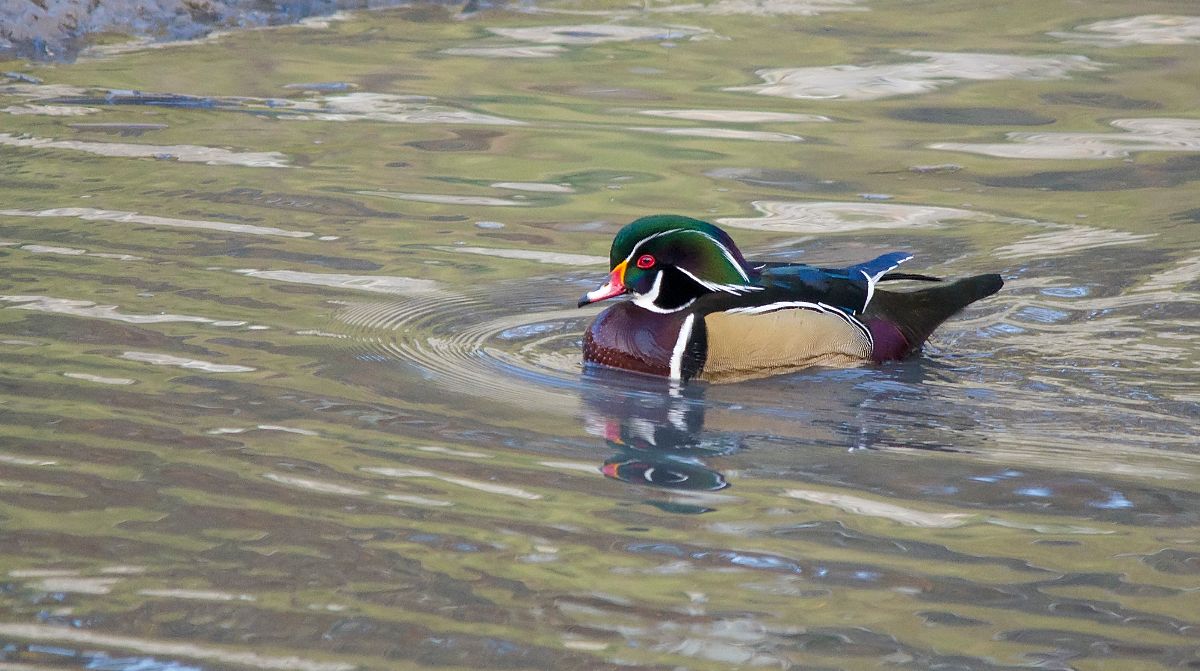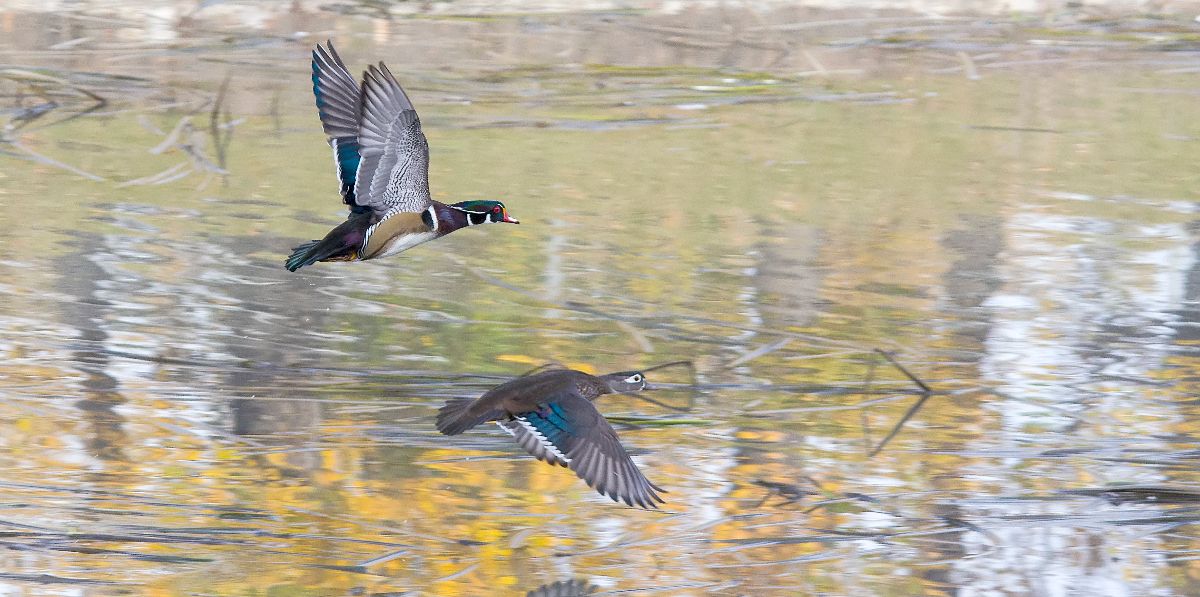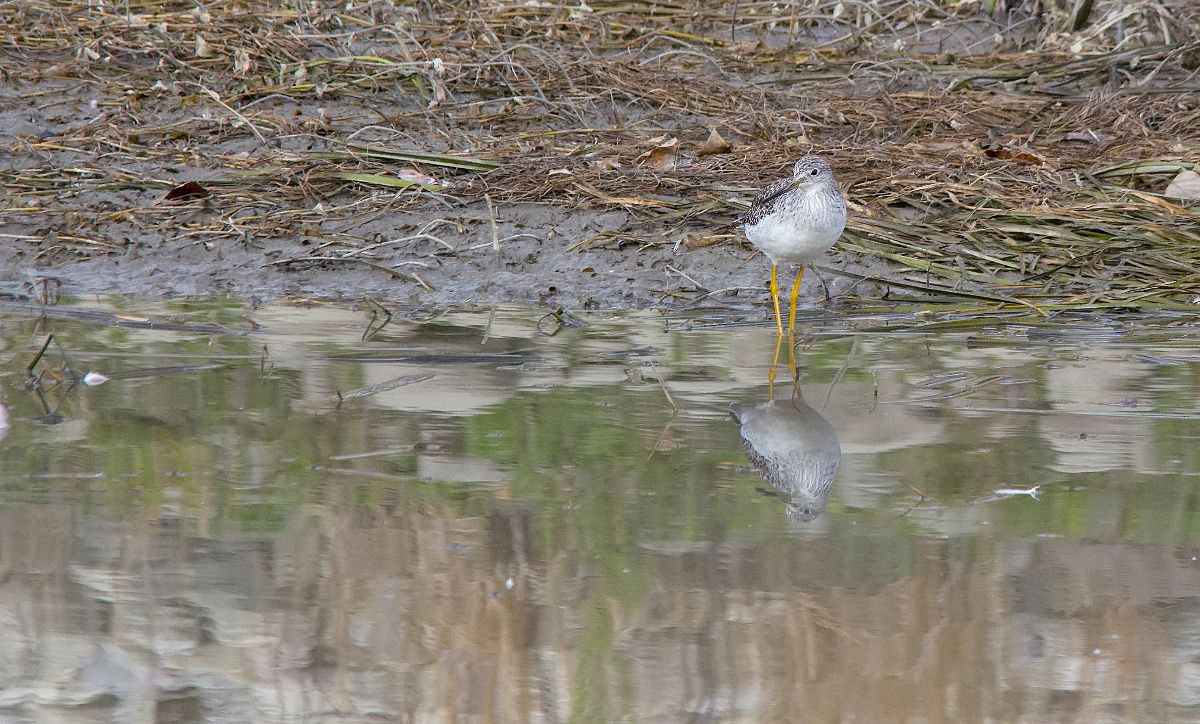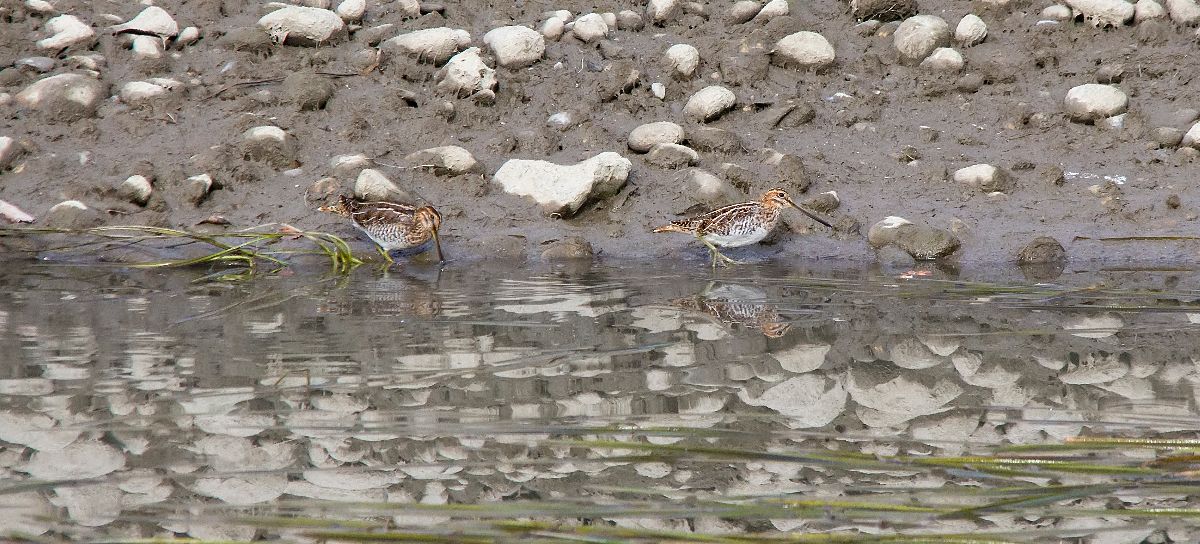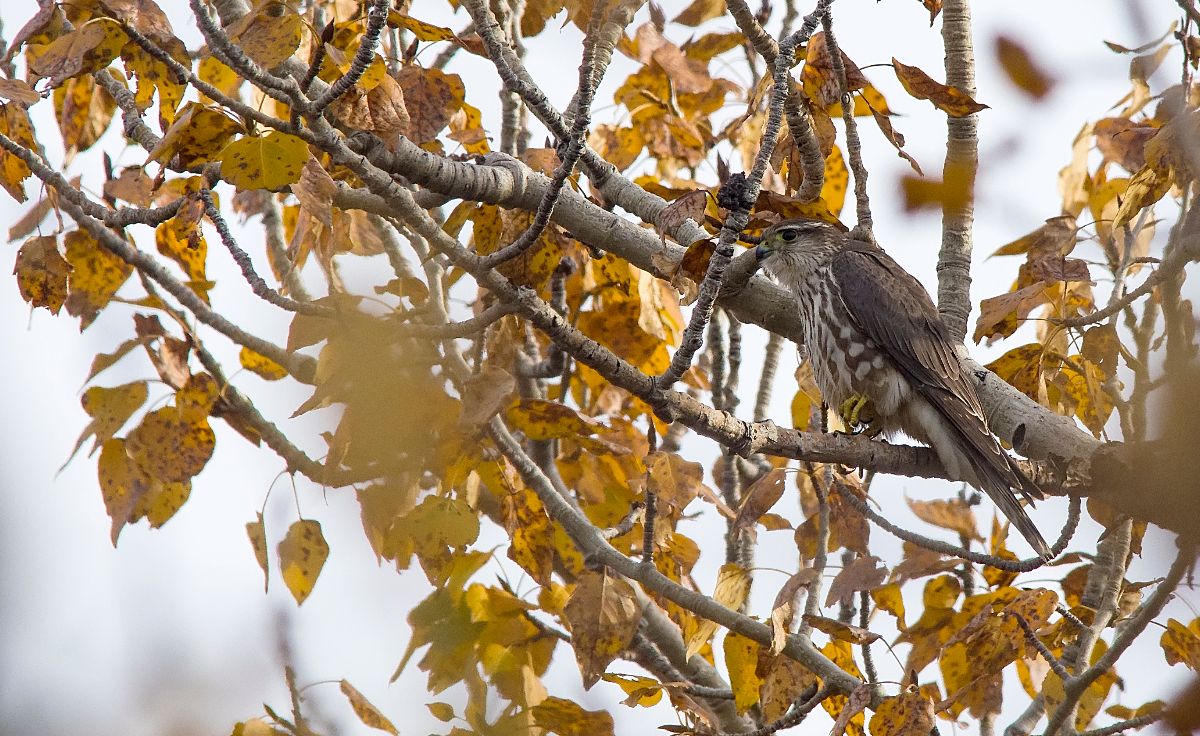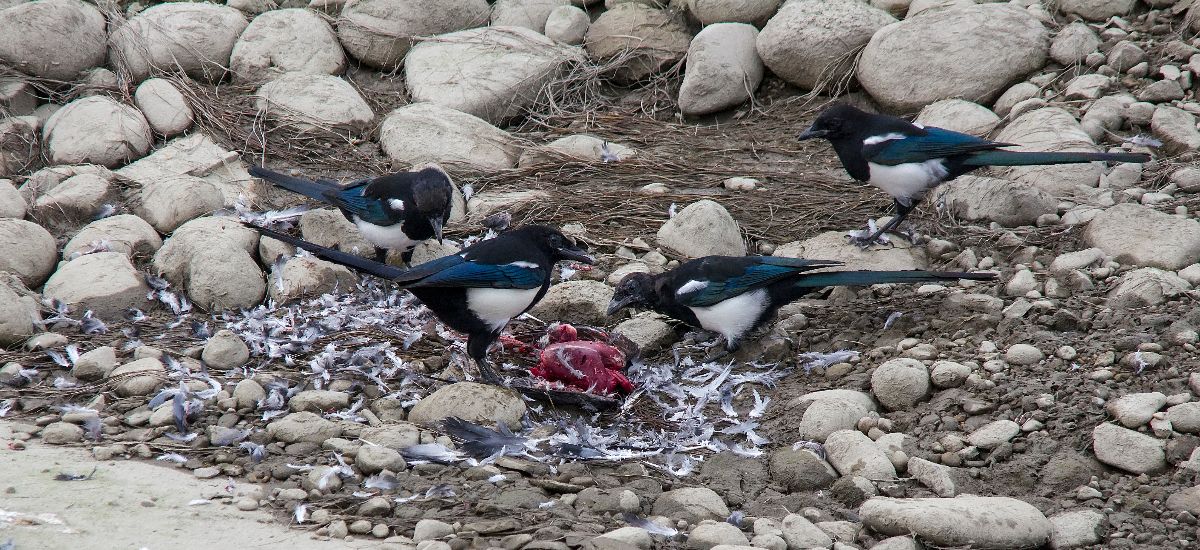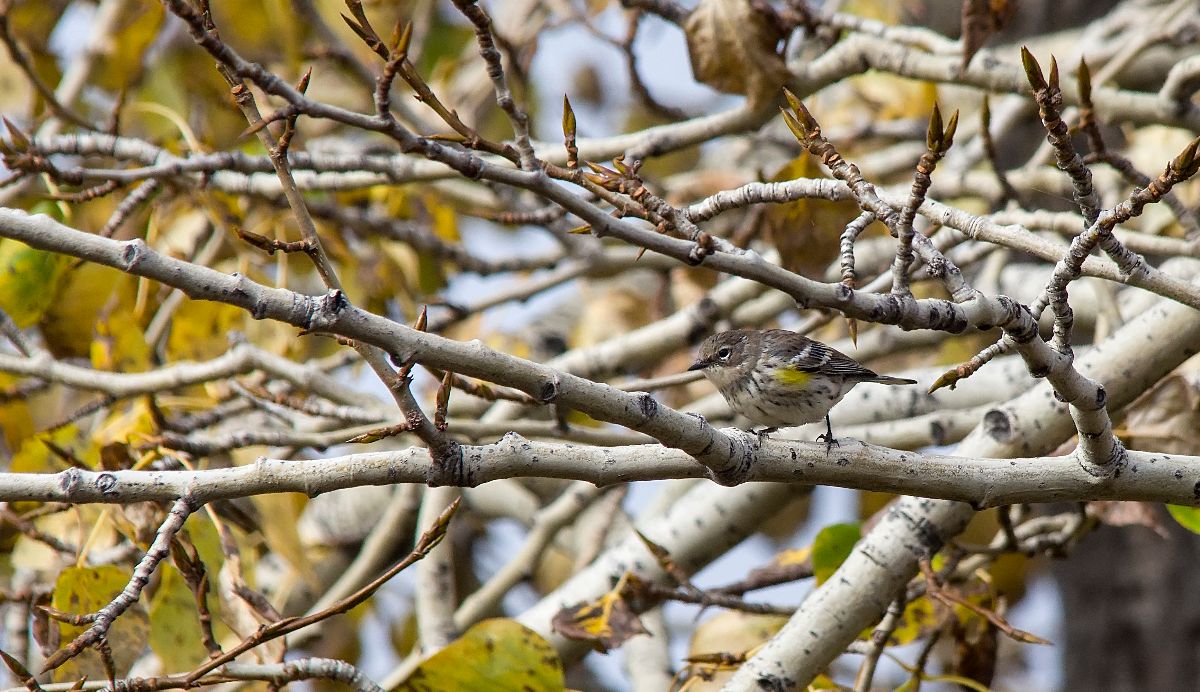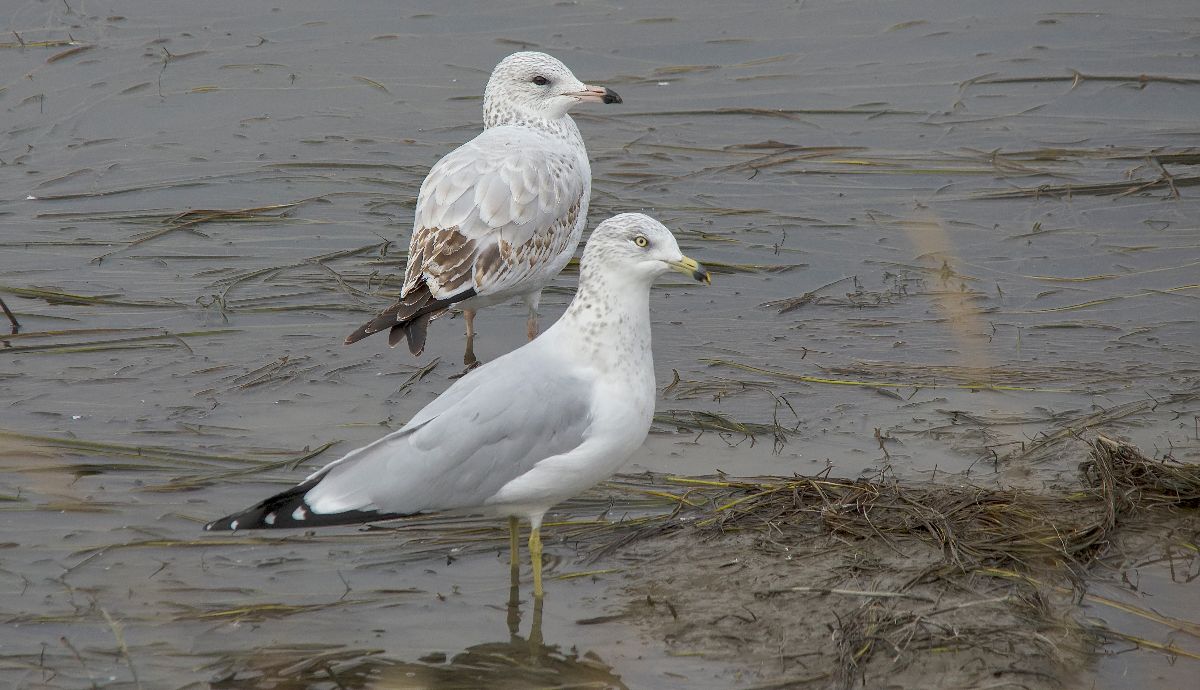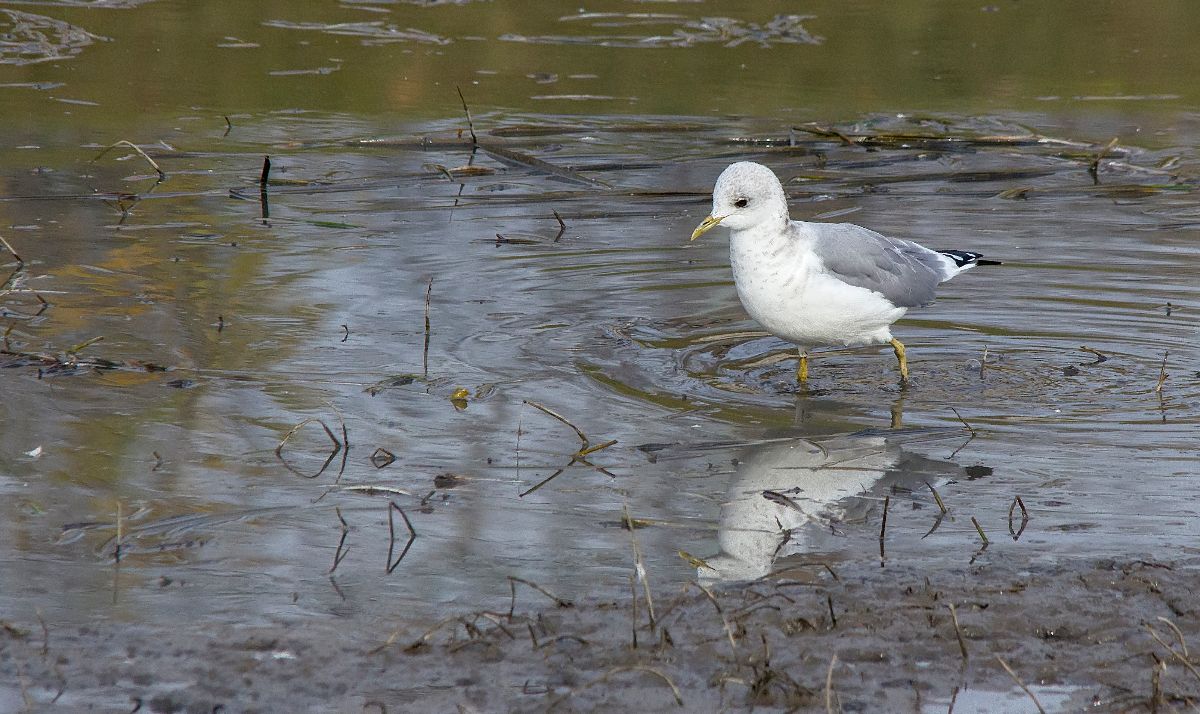Posted by Bob Lefebvre
Carburn Park has been a good place to bird all winter, and it is one the best places to visit in the spring as well. Tony LePrieur photographed these birds in the first half of March, as we began to transition to spring birding. All photos by Tony LePrieur.

Merlin. These small falcons overwinter here in good numbers.

Merlin bathing.

Great Horned Owl. These birds are early nesters, and are on the nest by mid-February. Disturbingly, there have not yet been any reports of nesting Great Horned Owls in the city. It appears that the local Meadow Vole population has undergone one of its periodic crashes, and the owls may not have enough food to raise a brood. If they don’t start soon there won’t be time to teach the young how to hunt before next winter, so they may forego breeding altogether this year.

Bohemian Waxwing. They will soon be leaving the city for higher elevations or more northerly breeding locations. Most are gone by mid-April, with occasional sightings into the first week of May.

Northern Flicker. This male may be starting a nest cavity soon. They have been very vocally claiming their territories in the past three weeks or so (and drumming too). The red malar mark or mustache indicates a male. Females lack a mark there. This bird is an intergrade between the two subspecies, the Red-shafted which has a red malar mark and lacks a mark on the nape, and the Yellow-shafted which has a black malar mark and a red mark on the nape. The majority of flickers in the Calgary area are intergrades.

Downy Woodpecker (male). Like the Northern Flickers, males and females of this species are paired up and are beginning nesting behavior.

Northern Shoveler (male). This bird, and the female below, was not reported this winter, so is likely an early migrant. An early Northern Pintail has also been reported on the river.

Northern Shoveler (female).
To see more of Tony’s photos, see his Flickr page.

